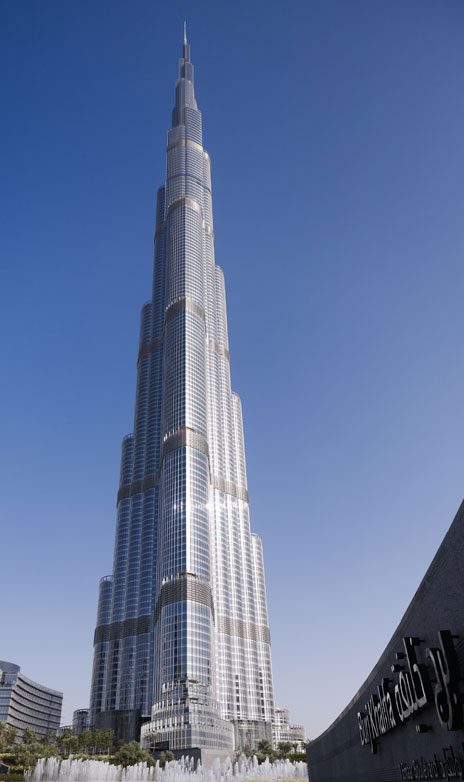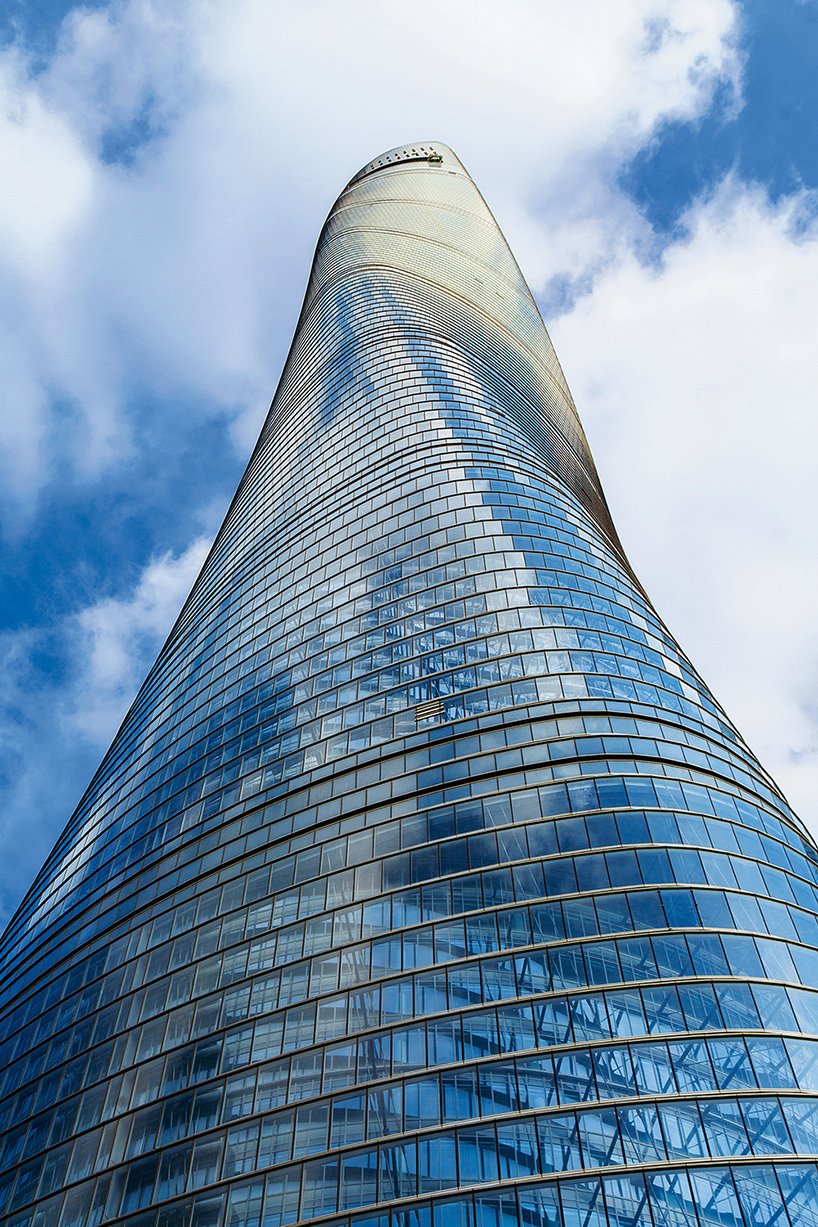The philosophy of “going where no man has gone before” has been daring architects and engineers to build skyscrapers; continuously updating the tallest building in the world’s stature. Humans have been building taller and greater since the beginning of humanity as means to expressing and branding their culture. Moreover, speaking problem-solving-wise, tall buildings are a practical solution for the urbanization and overpopulation crises. This incentive, supported with engineering and technology research, made it quite easier to build taller buildings.
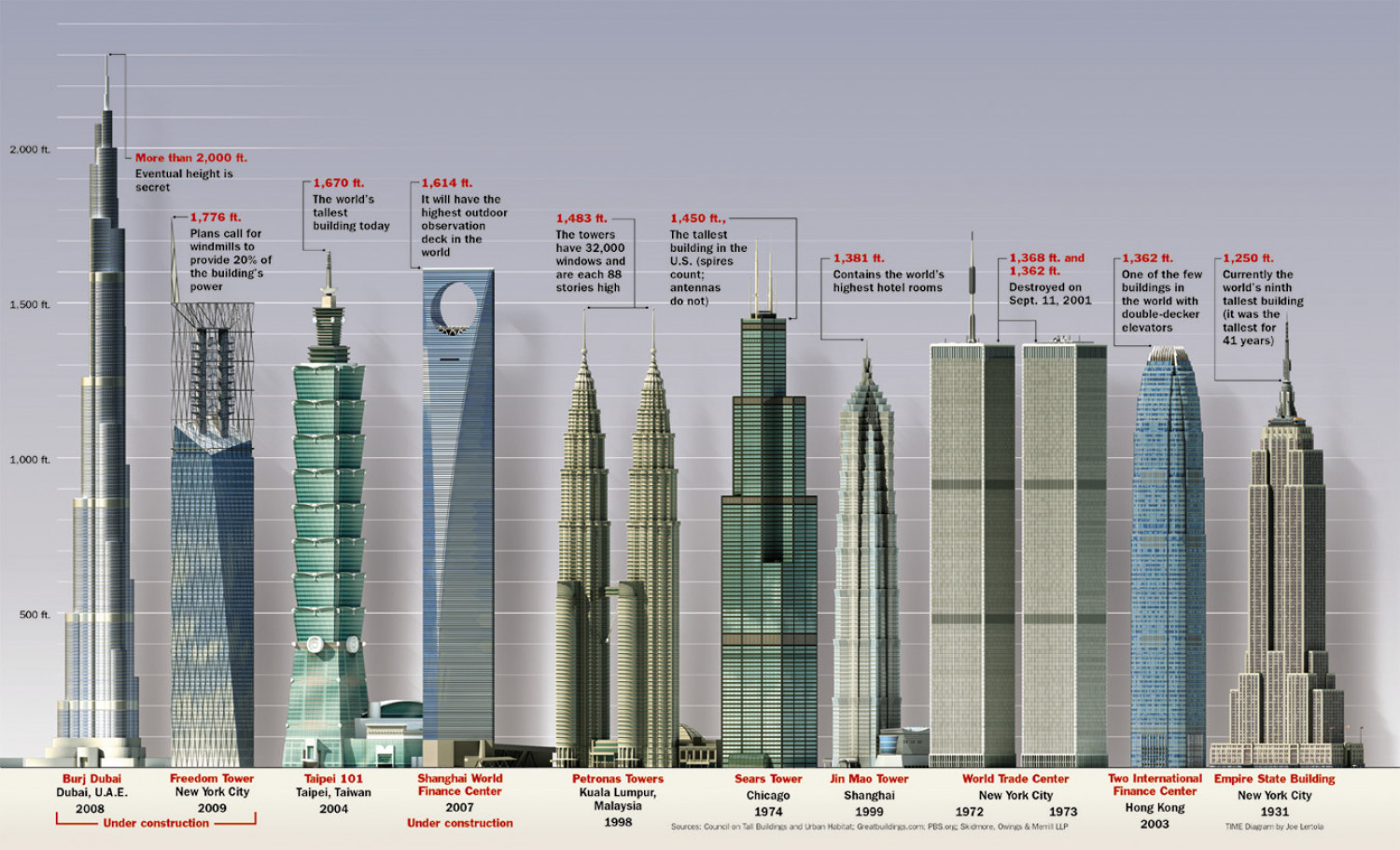
Courtesy of visually
What was the tallest building in the world in 2020?
Jeddah Tower in Saudi Arabia was predicted to be the tallest in 2020. However, due to construction delays, the progress has been very little since 2018 with no end in sight. Once completed, Jeddah Tower will be the tallest building in the world and the heart of Jeddah Economic City. Here is a list of the Top 30 Tallest Buildings in The World in 2021- part 1, an updated version of the previous list “Piercing the Sky – What is the Tallest Building in the World?”
1. Burj Khalifa, At 2717 Feet
- Location: Dubai, UAE
- Completion Year: 2010
- Architect: Skidmore, Owings & Merrill LLP (SOM)
- Floors: 163
- Material: Steel and Concrete
- Function: Office, residential, and hotel
The renowned Burj Khalifa has been the tallest building in the world since 2010. The design and construction process of Burj Khalifa has contributed to the science of skyscrapers with its innovative techniques, systems, and practices.
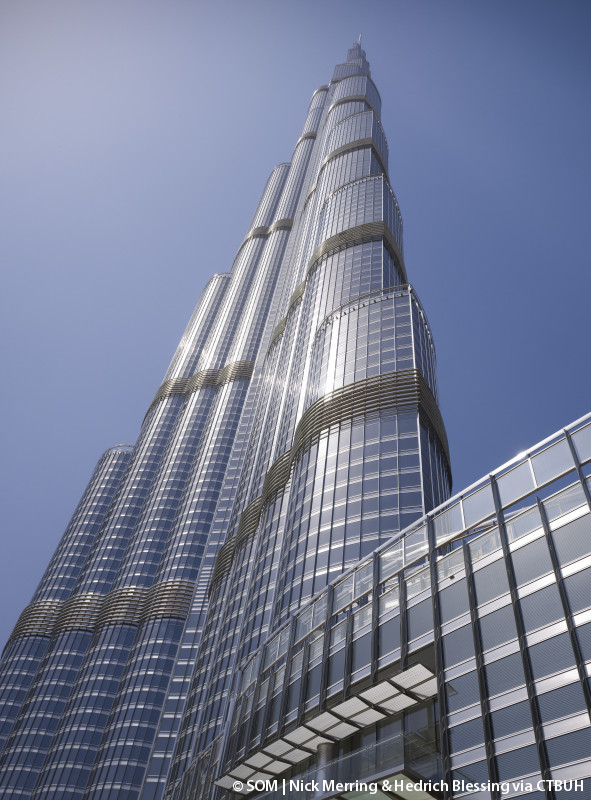
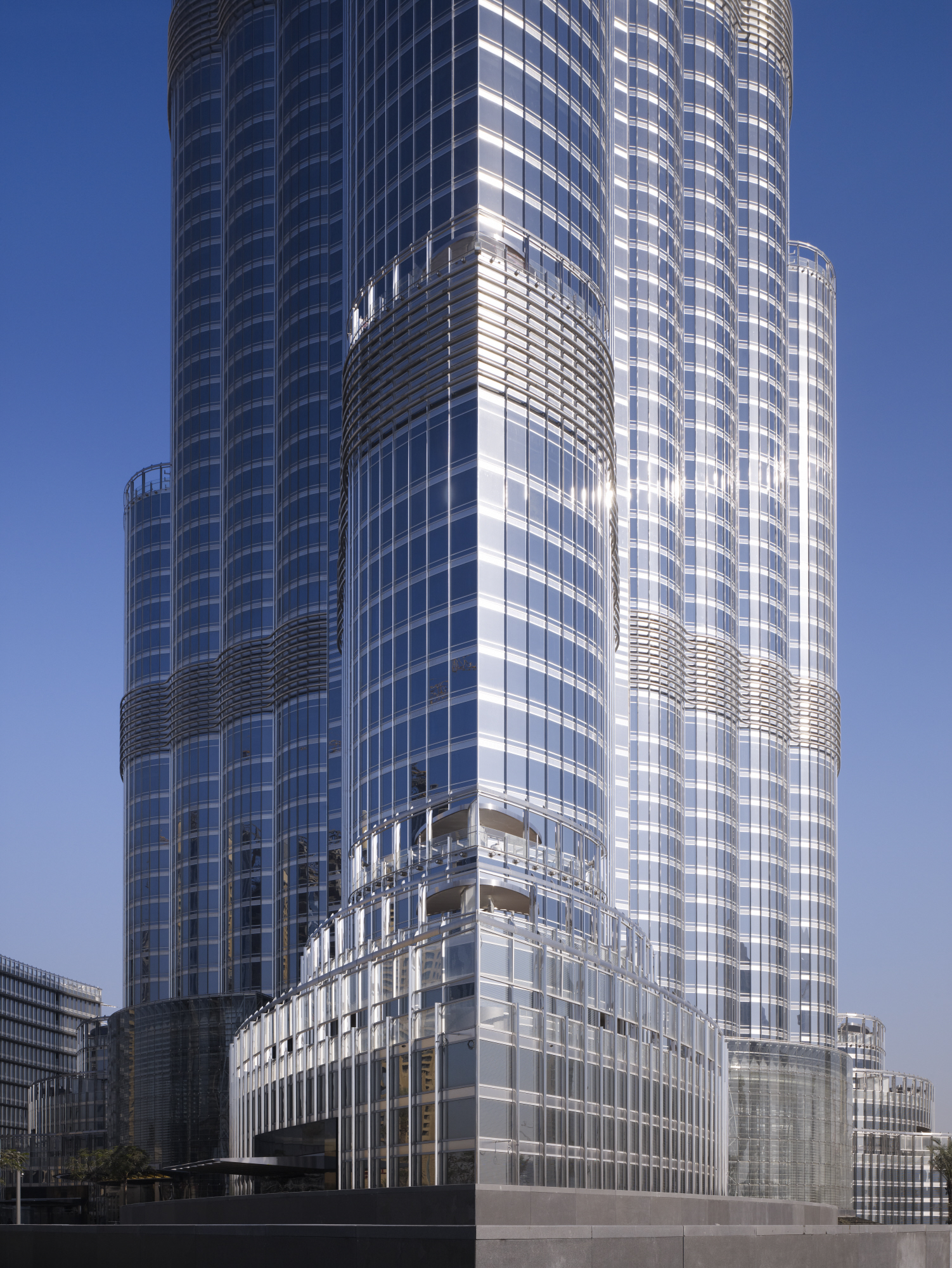
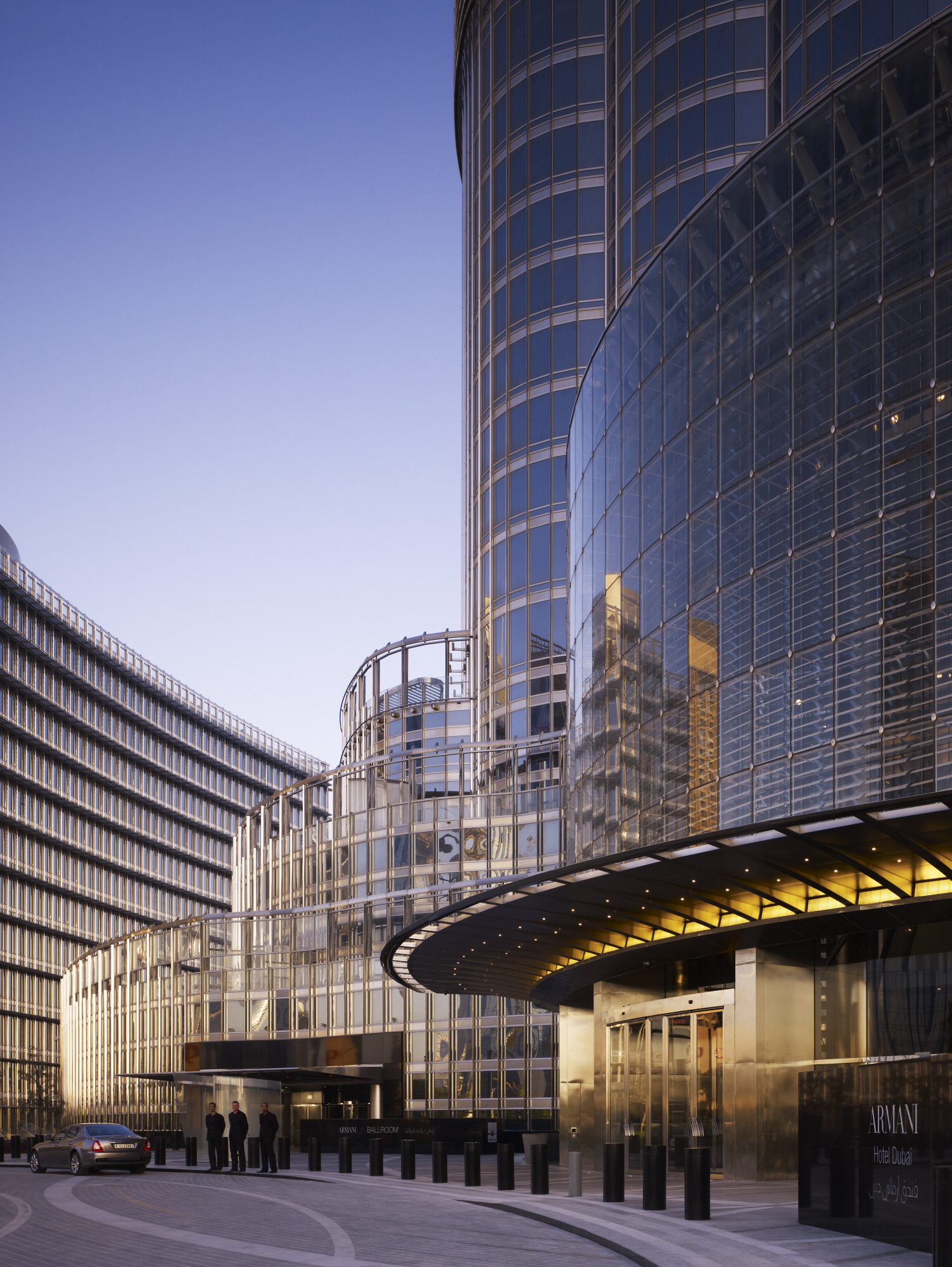
2. Shanghai Tower, At 2073 Feet
- Location: Shanghai, China
- Completion Year: 2015
- Architect: Gensler
- Floors: 128
- Material: Composite
- Function: Office and hotel
Shanghai Tower in the heart of Shanghai’s Lujiazui Finance and Trade Zone controls the skyline of the city. Its twisting form is not only conceptual, symbolizing the dynamic development of modern China, it is also innovative – this form interacts with the wind in a way that reduces the structural wind loading.
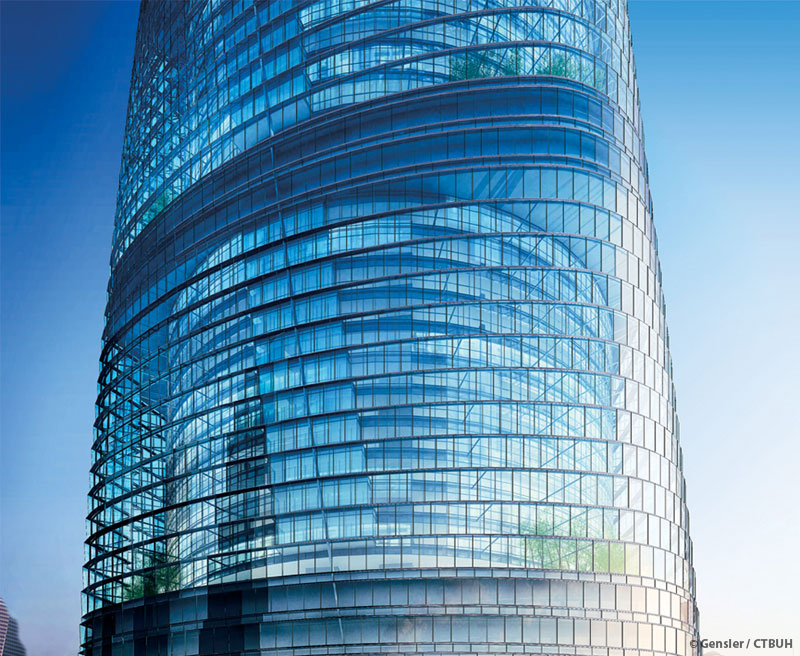
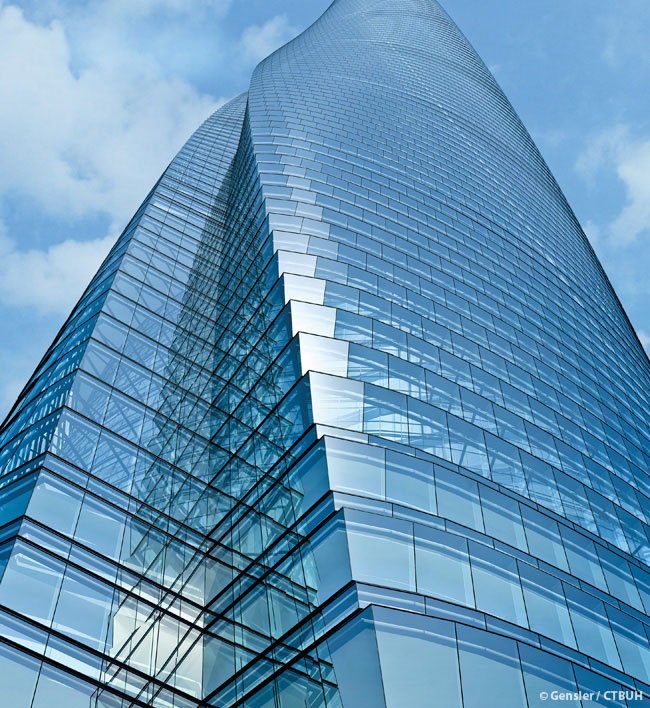
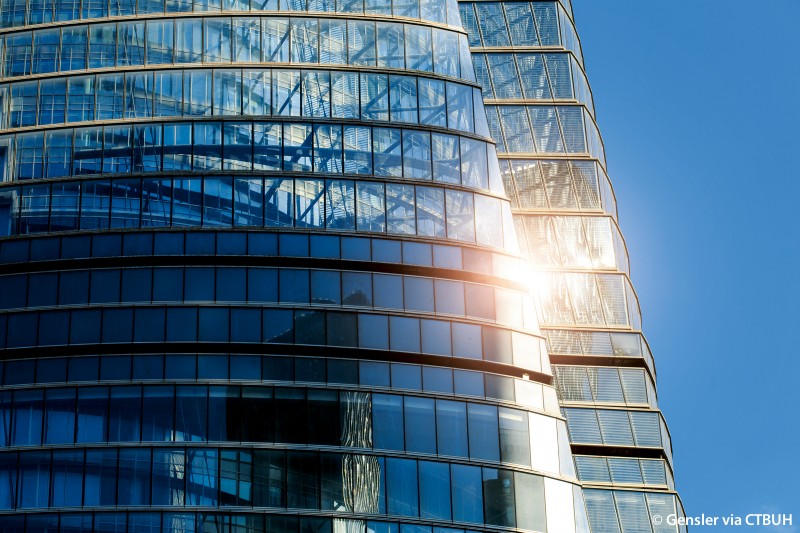
3. Makkah Royal Clock Tower, At 1972 Feet
- Location: Mecca, Saudi Arabia
- Completion Year: 2012
- Architect: Dar al-Handasah Shair and Partners
- Floors: 120
- Material: Steel and Concrete
- Function: Hotel and other uses
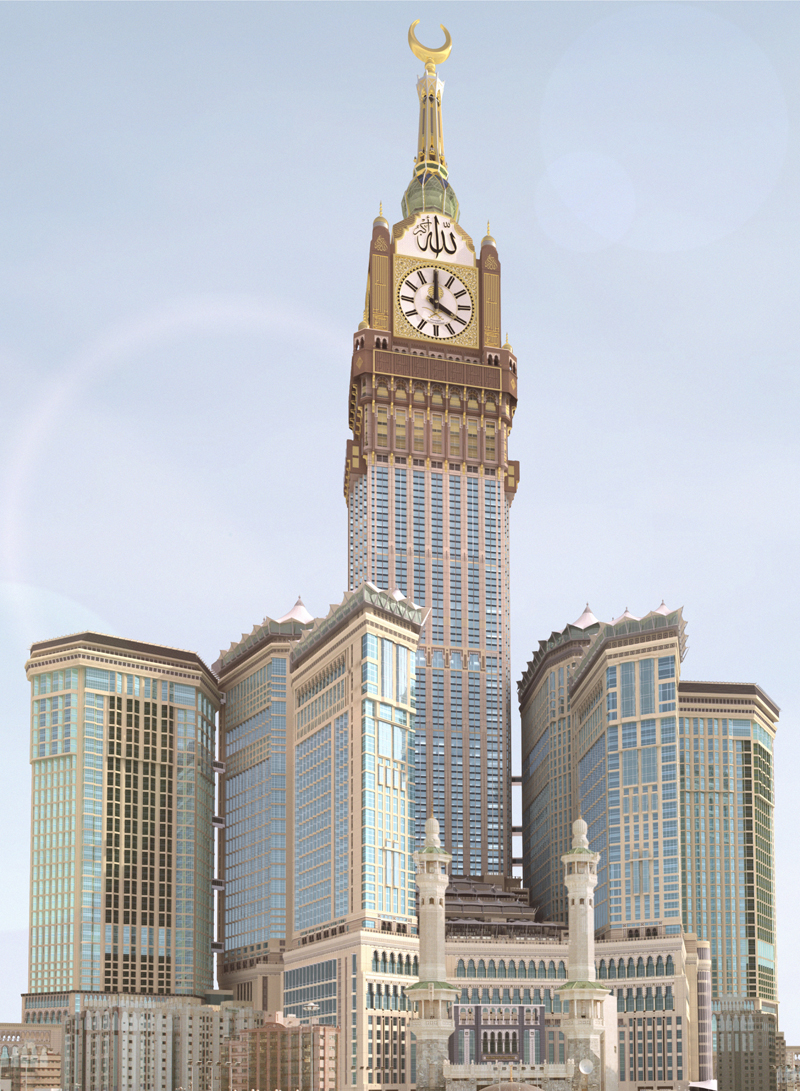
© Saudi Bin Laden Group / CTBUH
Makkah Royal Clock Tower is the modernized touch in the holistic and historic city of Mecca. This tower was built adjacent to the Grand Mosque to provide comfortable and accessible accommodation for a large number of Muslim pilgrims every year.
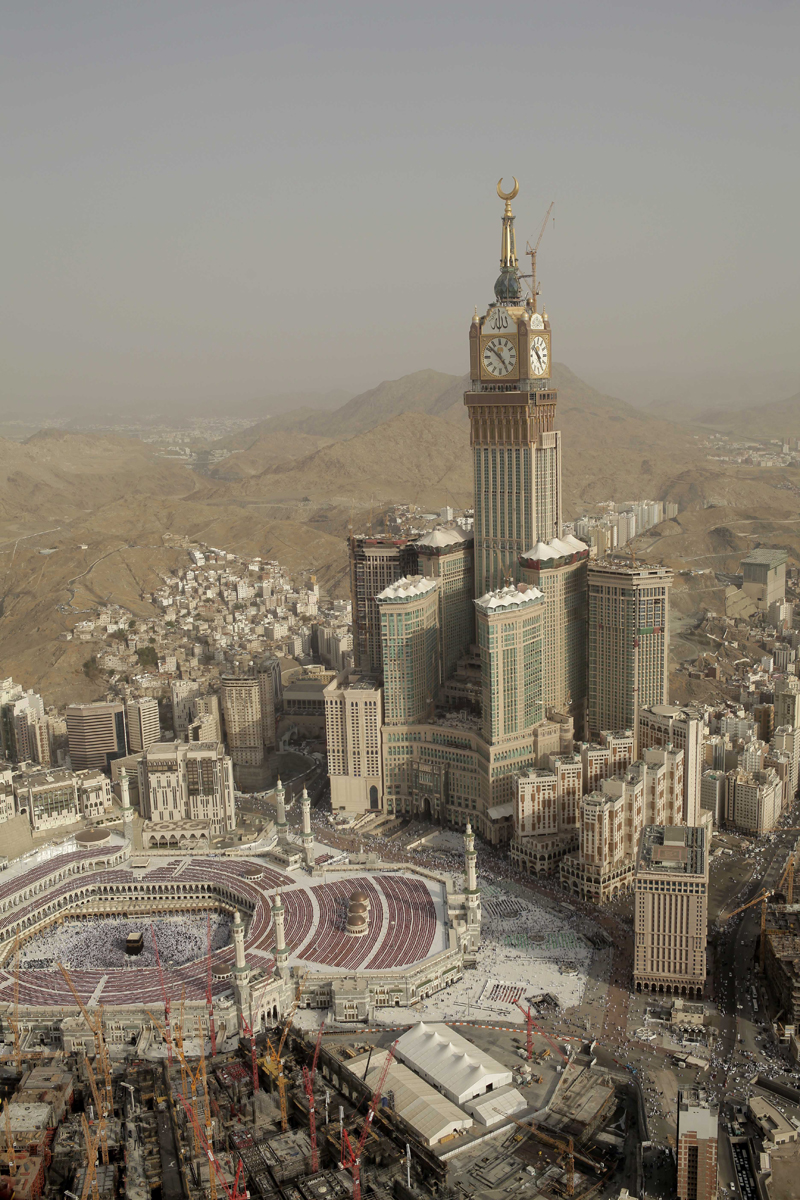
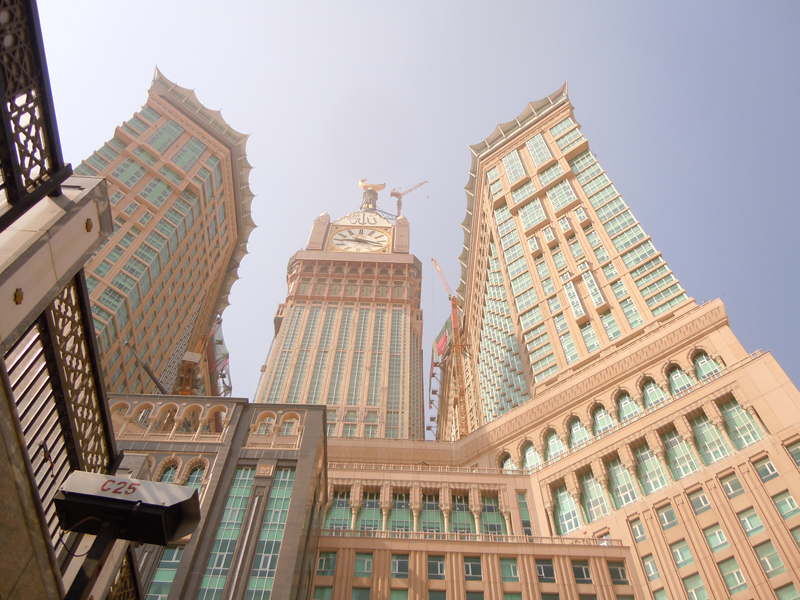
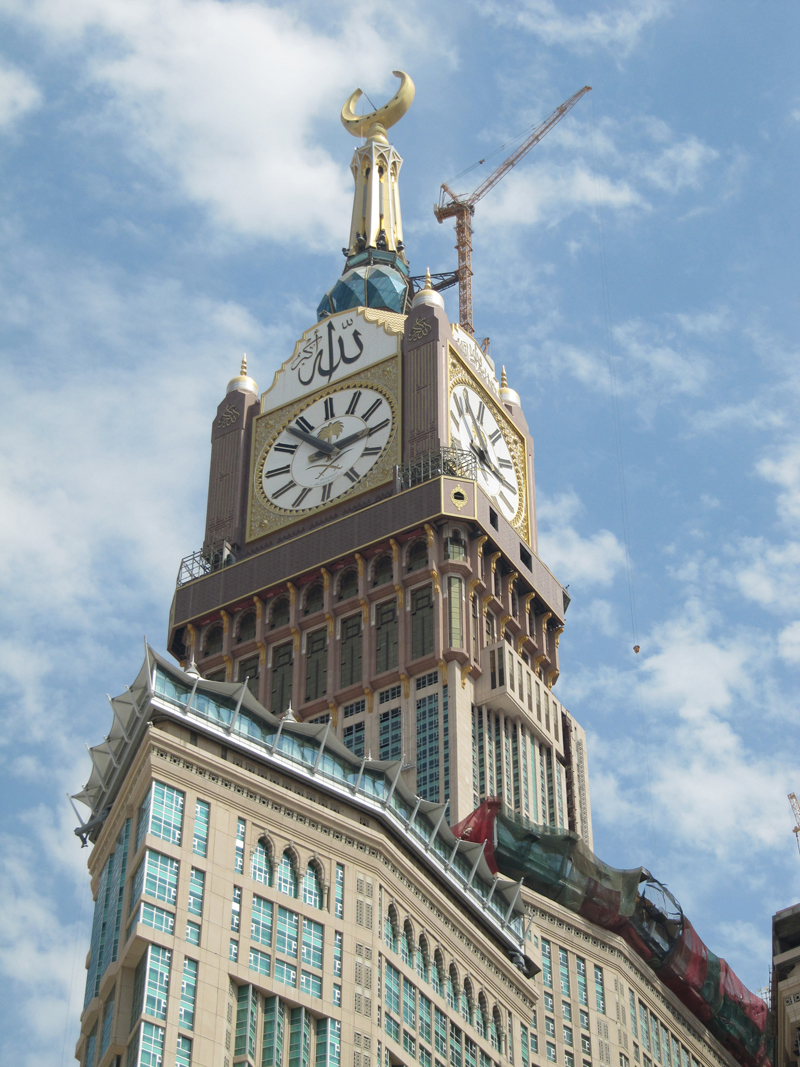
4. Ping An Finance Center, At 1965 Feet
- Location: Shenzhen, China
- Completion Year: 2017
- Architect: Dar al-Handasah Shair and Partners
- Floors: 115
- Material: Composite
- Function: Office
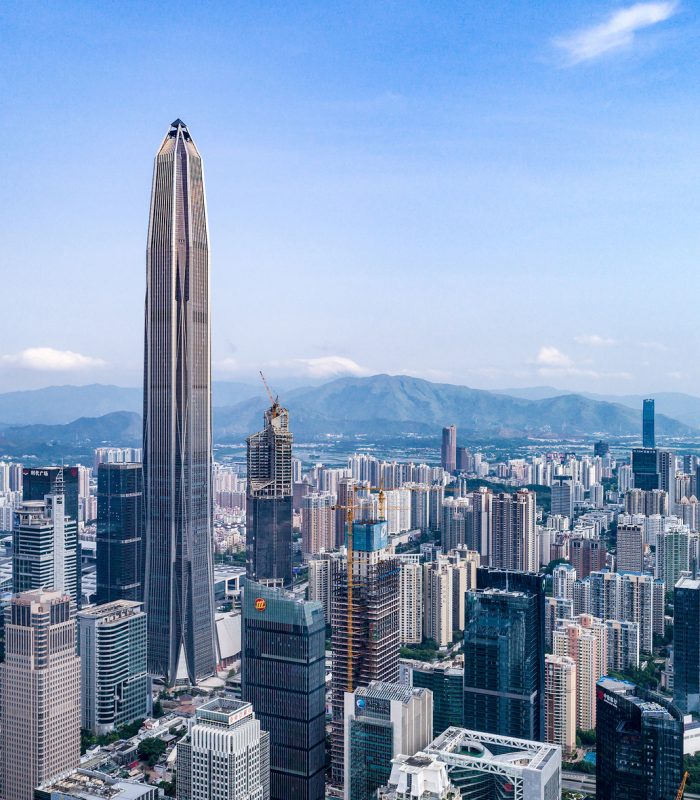
© Tim Griffith
Ping An Finance Center is in Shenzhen’s Futian District, approximate to significant rail transit. It is a modernized version of the typical Asian skyscraper and a symbol of rapid urban growth; tall, compact, and interconnected.
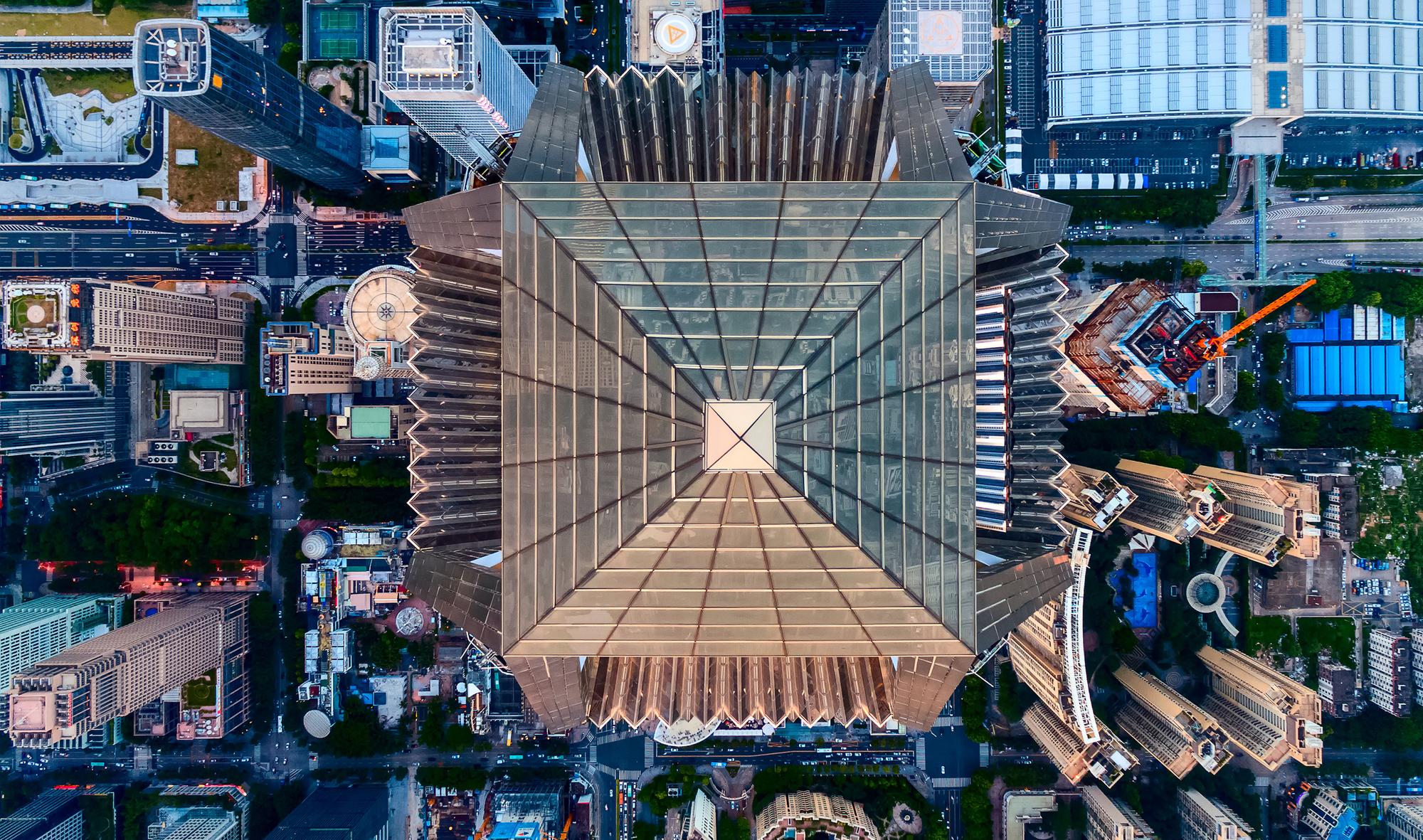
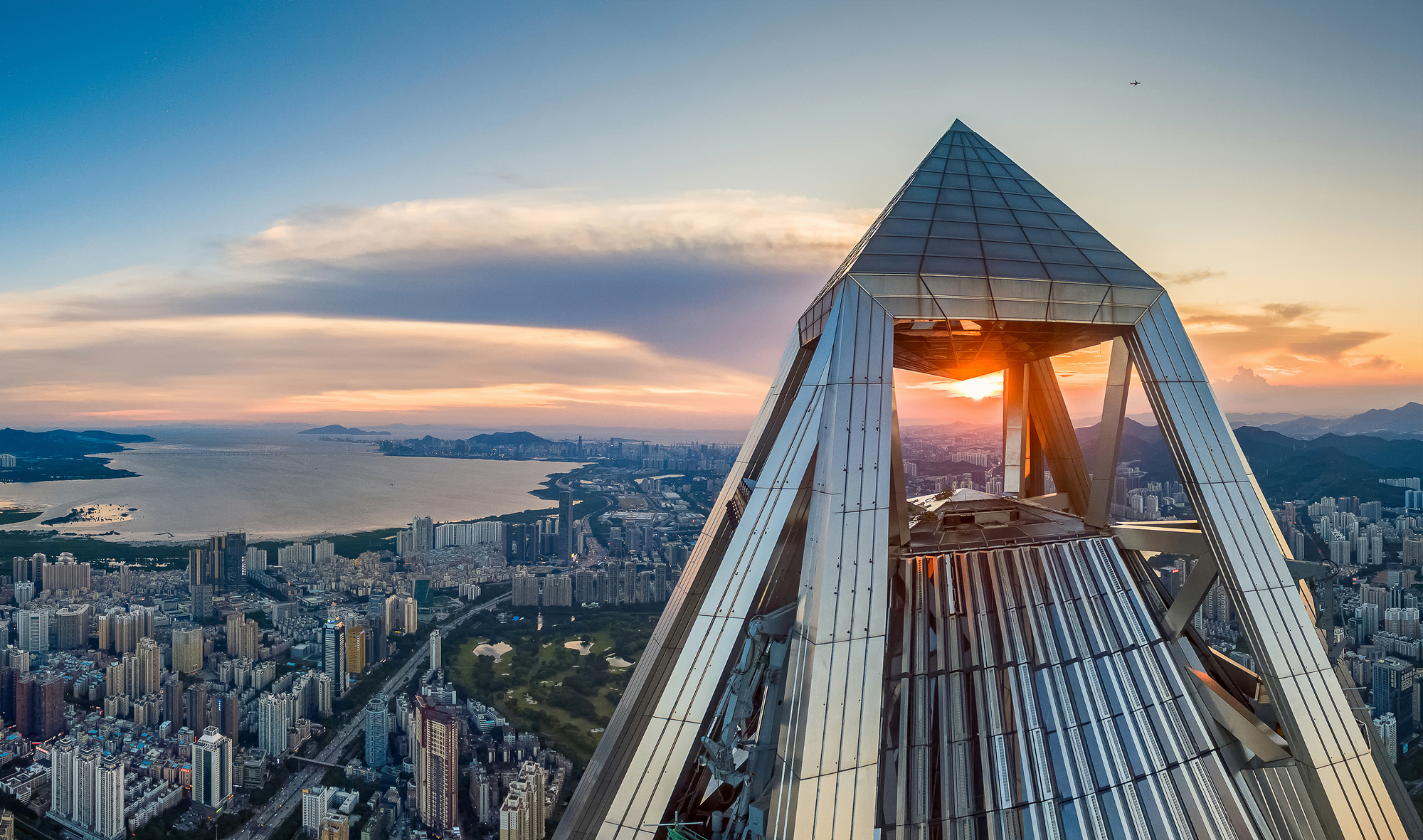
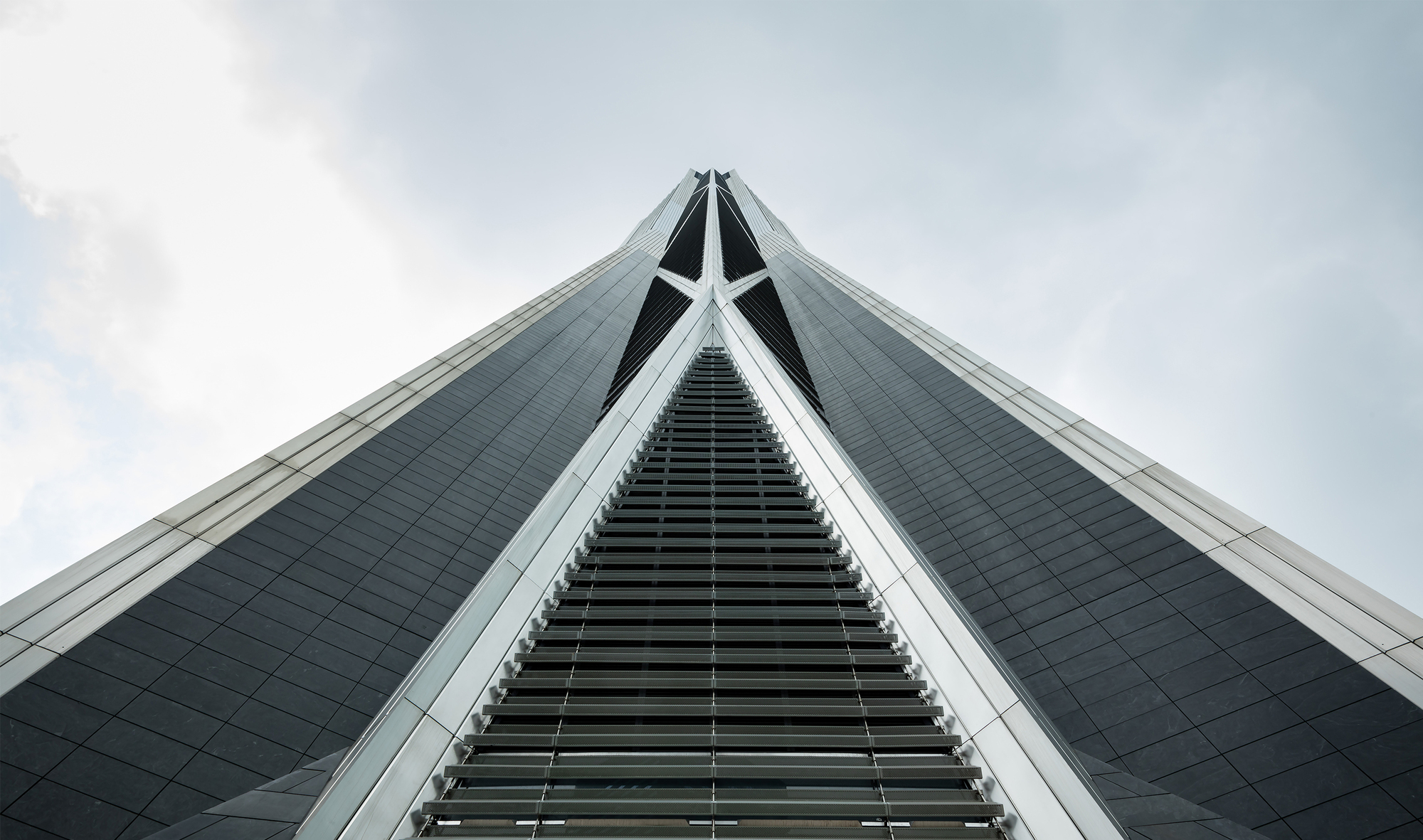
5. Lotte World Tower, At 1819 Feet
- Location: Seoul, South Korea
- Completion Year: 2017
- Architect: Kohn Pedersen Fox Associates
- Floors: 123
- Material: Composite
- Function: Hotel, residential, office, and retail
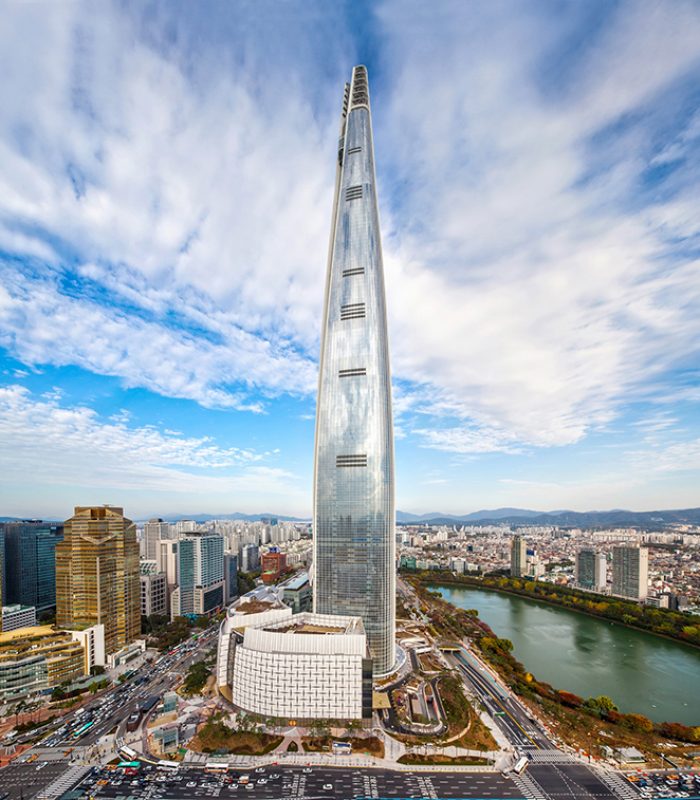
© LOTTE
The design and form of Lotte World Tower are completely inspired by the Korean arts and culture. Its tapered façade is intended to be a change in the city’s rocky topography, while the seam that runs along the building points toward the older city center.
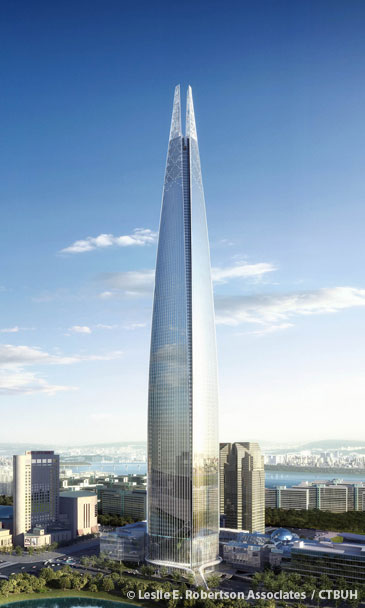
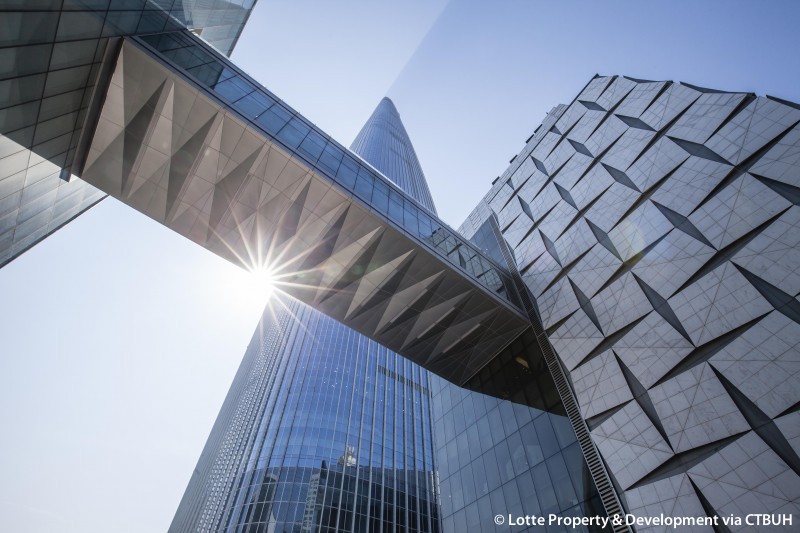
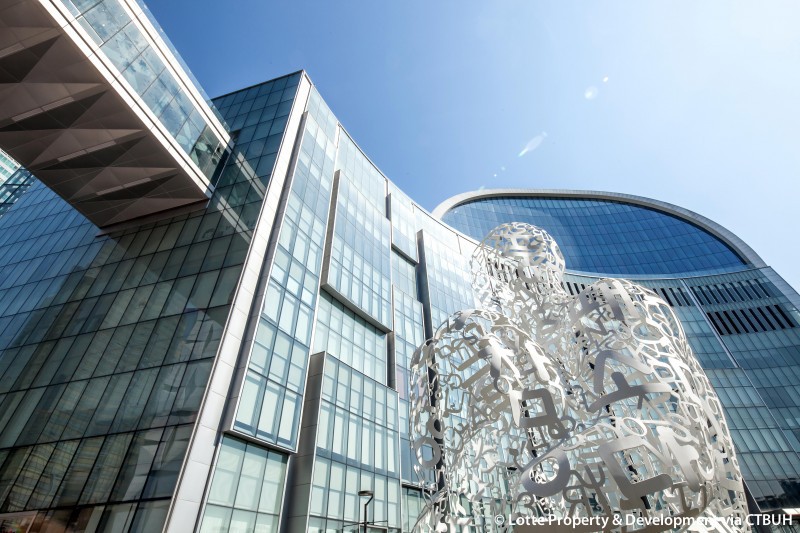
6. One World Trade Center, At 1776 Feet
- Location: New York City, US
- Completion Year: 2014
- Architect: Skidmore, Owings & Merrill LLP
- Floors: 94
- Material: Composite
- Function: Office
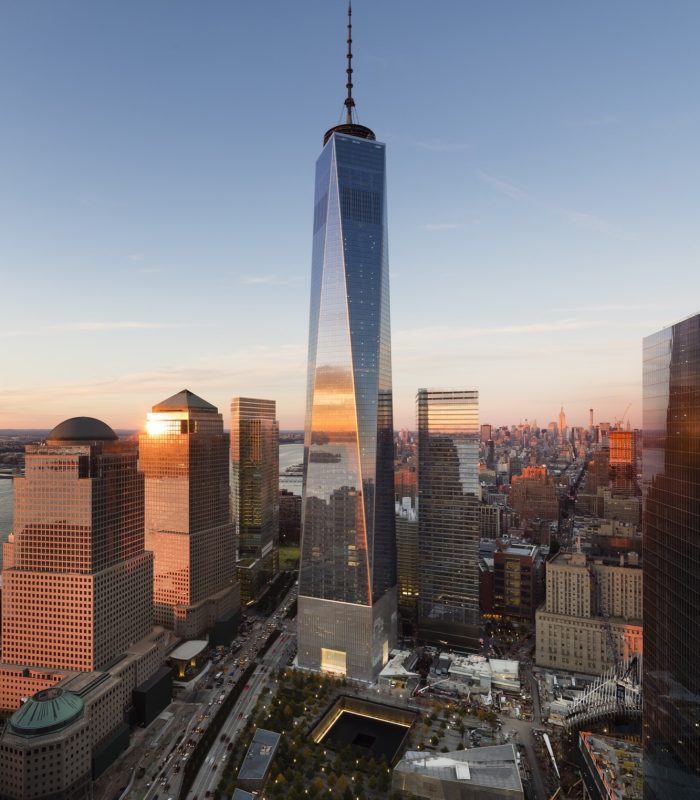
© James Ewing
One World Trade Center is an icon in New York’s remarkable skyline. It is innovative and sustainable on all levels, expressive design, smart structural solutions, and urban connectivity.
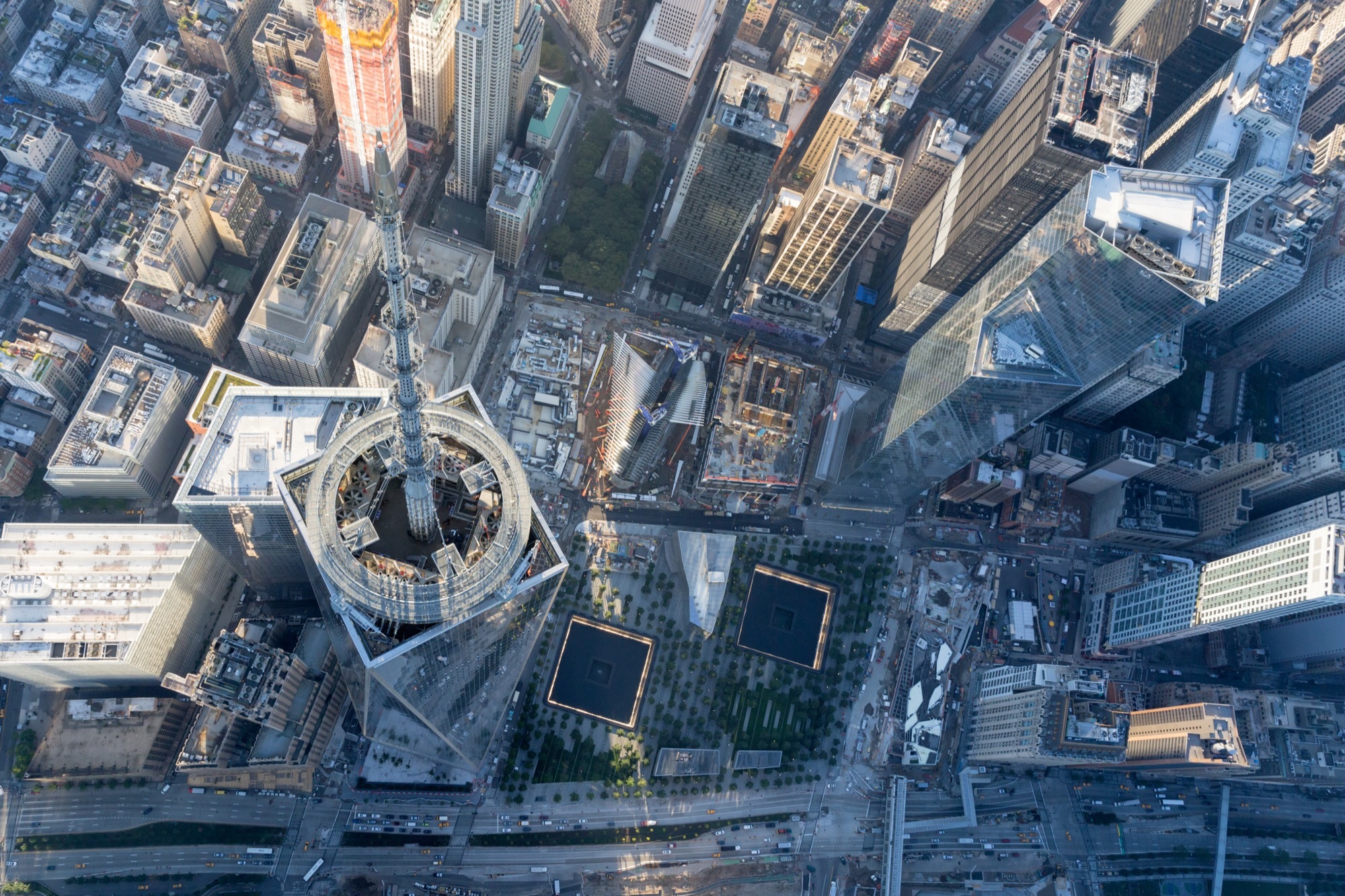
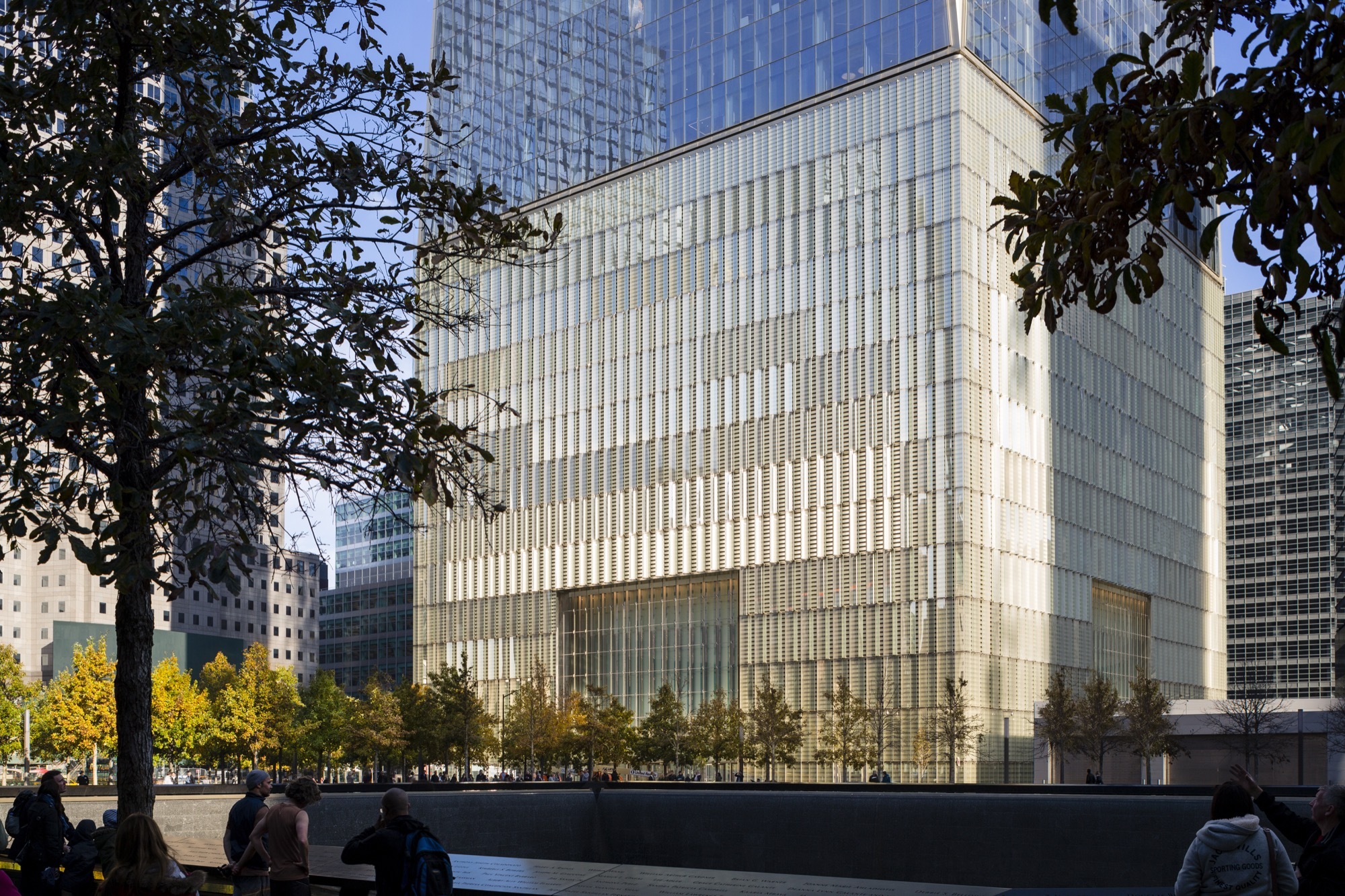
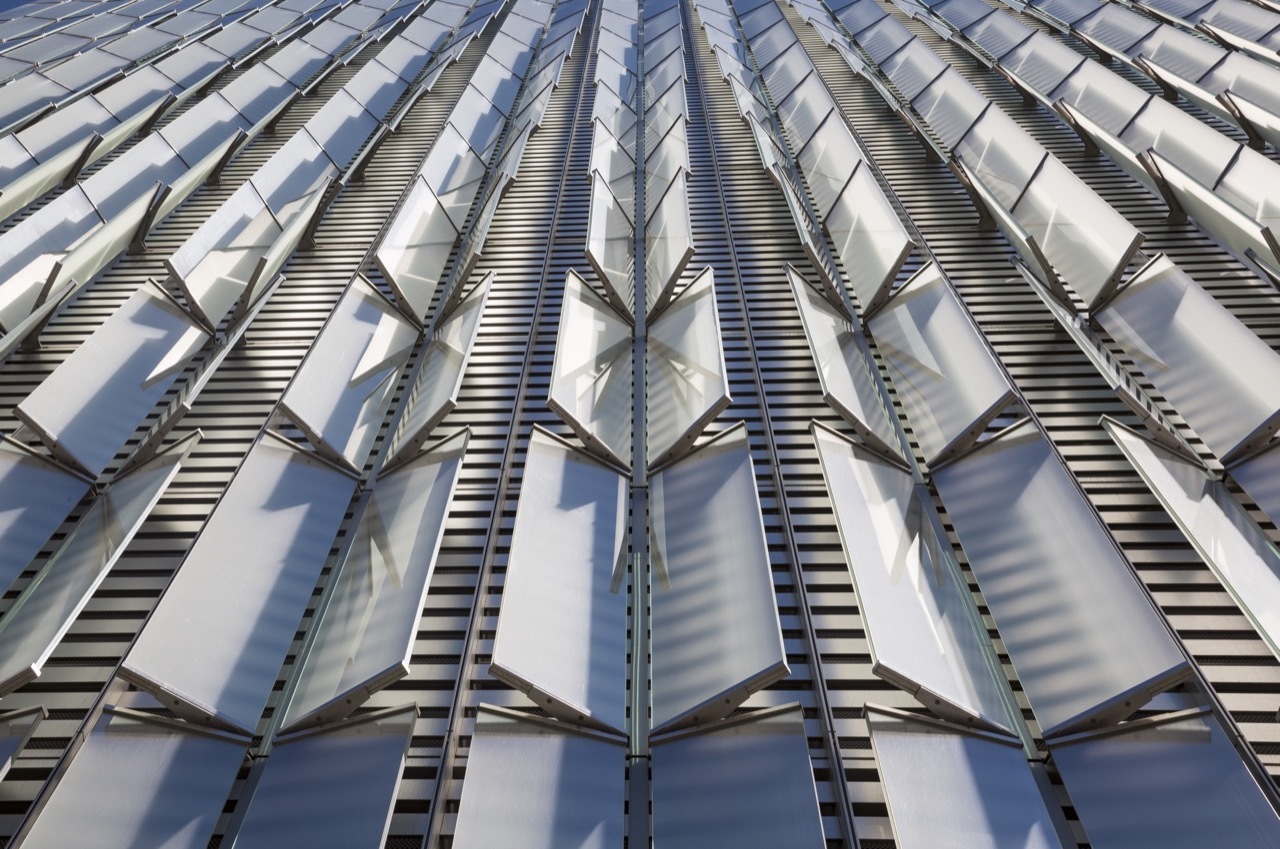
7. Guangzhou CTF Finance Centre, At 1739 Feet
- Location: Guangzhou, China
- Completion Year: 2016
- Architect: Kohn Pedersen Fox Associates
- Floors: 111
- Material: Composite
- Function: Hotel, residential, and office
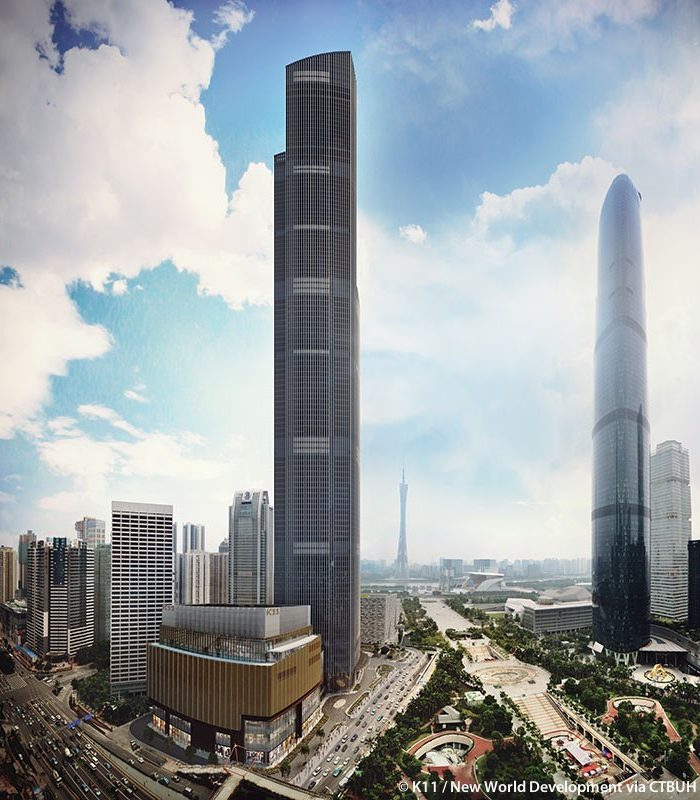
© K11 / New World Development
Guangzhou CTF Finance Centre is designed to maximize circulation between different functions. The several setbacks in the form achieve this seamless transition and allow for lush terraces.
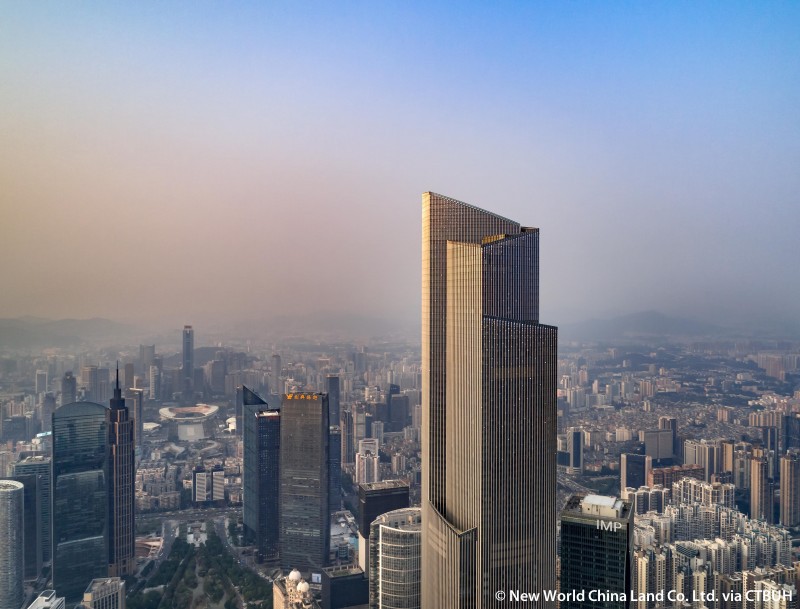
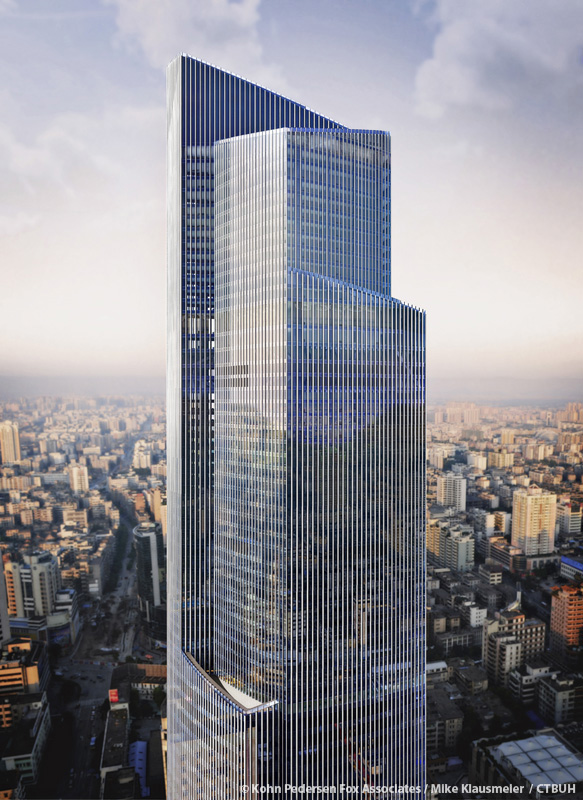
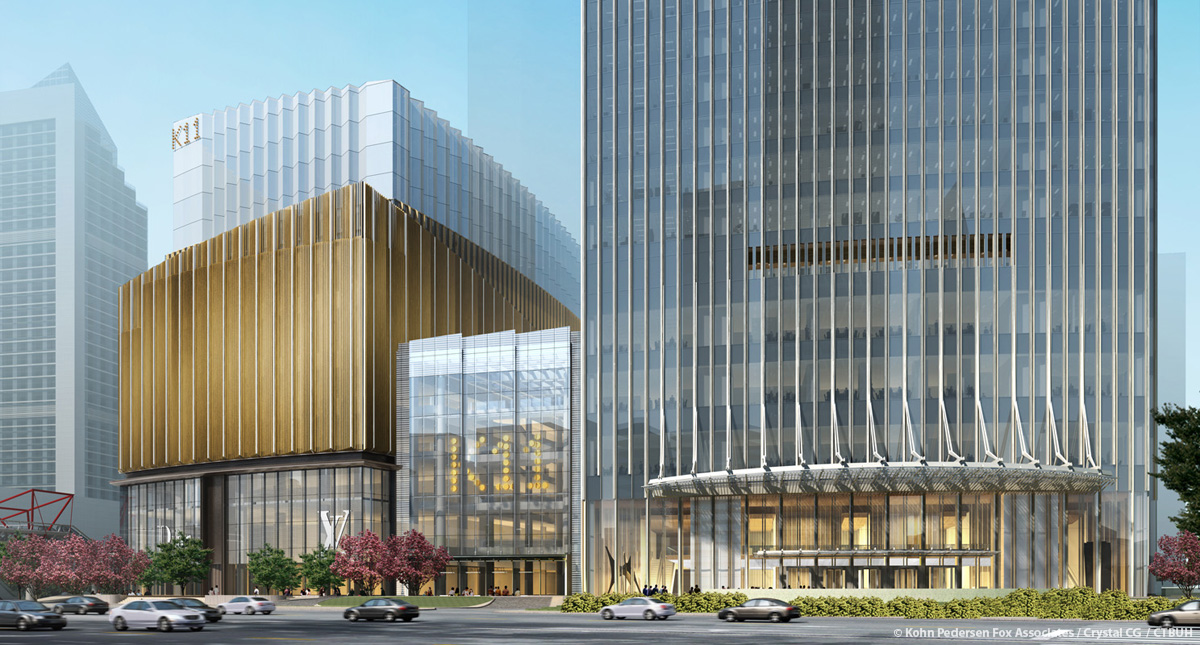
8. Tianjin CTF Finance Centre, At 1739 Feet
- Location: Tianjin, China
- Completion Year: 2019
- Architect: Skidmore, Owings & Merrill LLP
- Floors: 97
- Material: Composite
- Function: Hotel, serviced apartments, and office
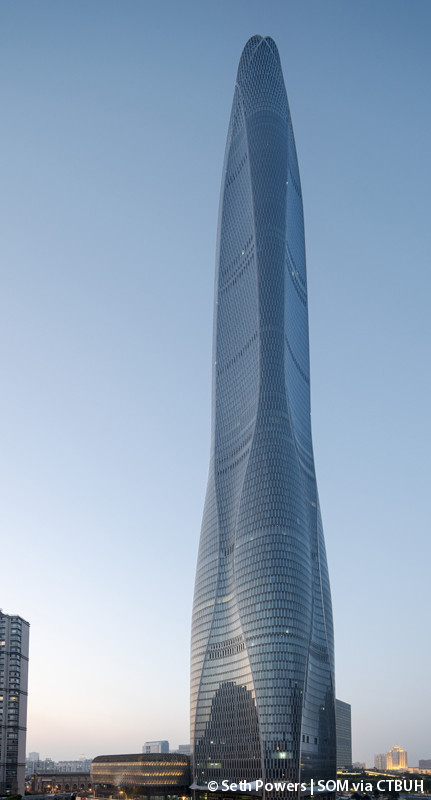
© Seth Powers | SOM
The futuristic design of Tianjin CTF Finance Centre suits the Economic-Technological Development Area where it is located. The structural system of this skyscraper greatly manipulates lateral and wind loads.
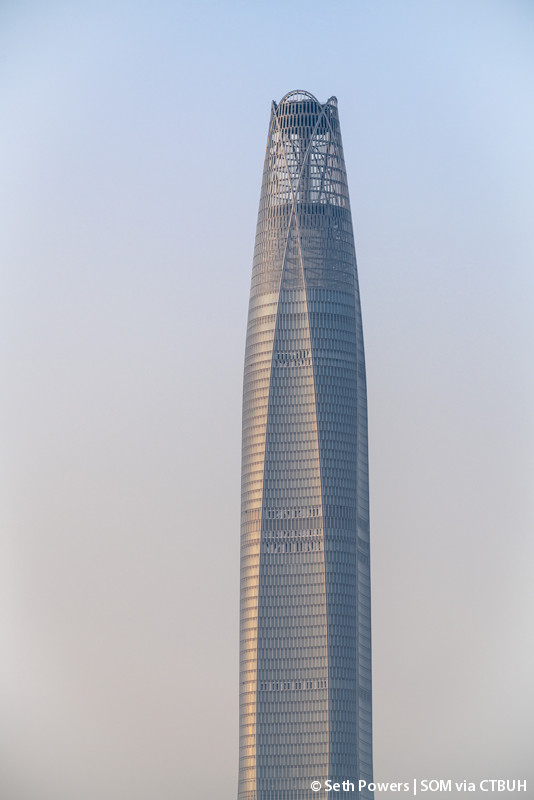
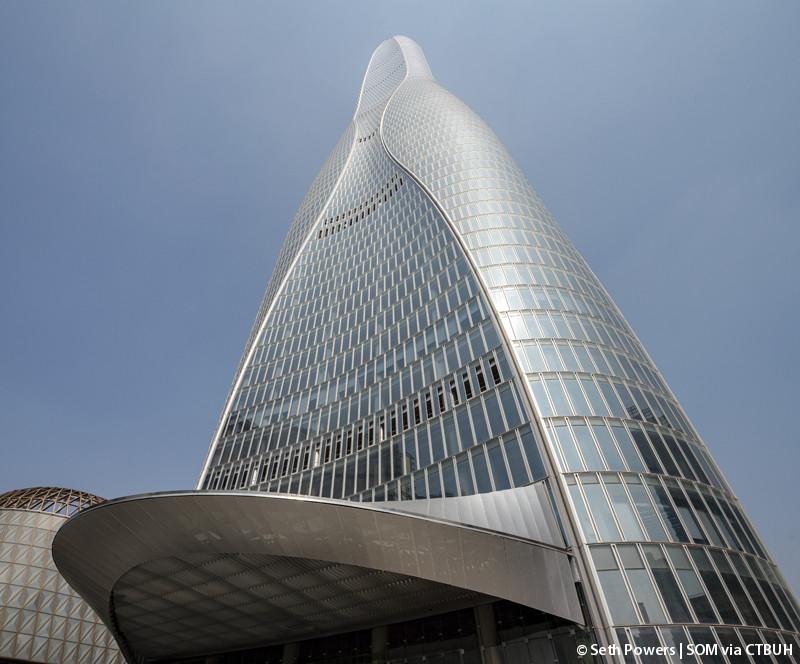
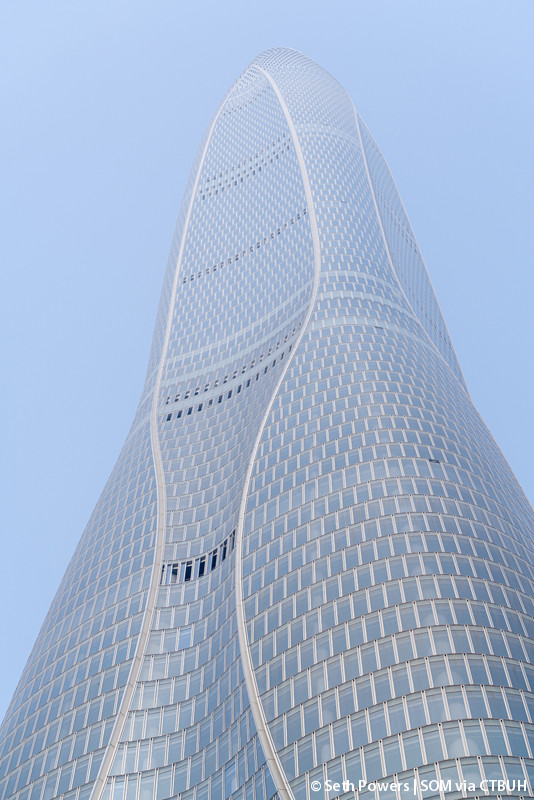
9. CITIC Tower, At 1731 Feet
- Location: Beijing, China
- Completion Year: 2018
- Architect: Kohn Pedersen Fox Associates
- Floors: 109
- Material: Composite
- Function: Office
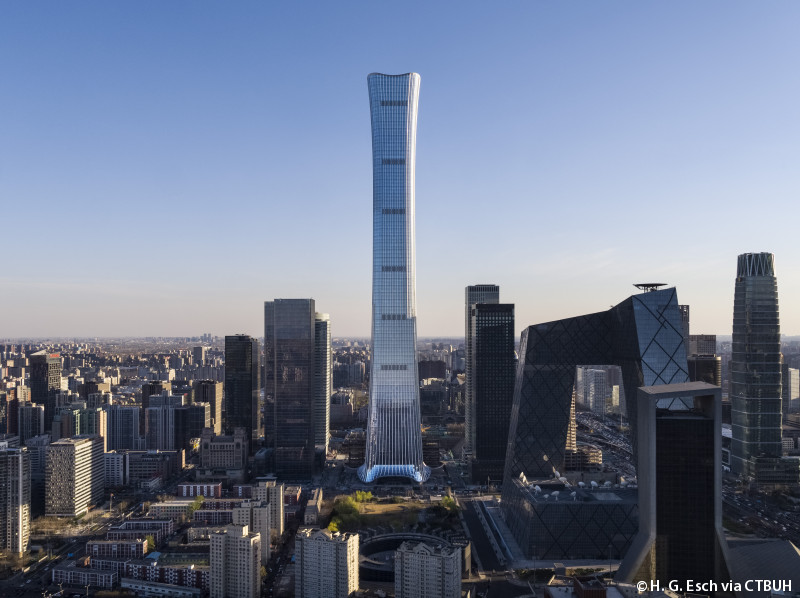
© H. G. Esch
CITIC Tower’s rising and curving form is a symbol of a Chinese ceremonial vessel, called the ‘zun’. The architects and engineers used Parametric Design to reach their design objectives with premium structural solutions.
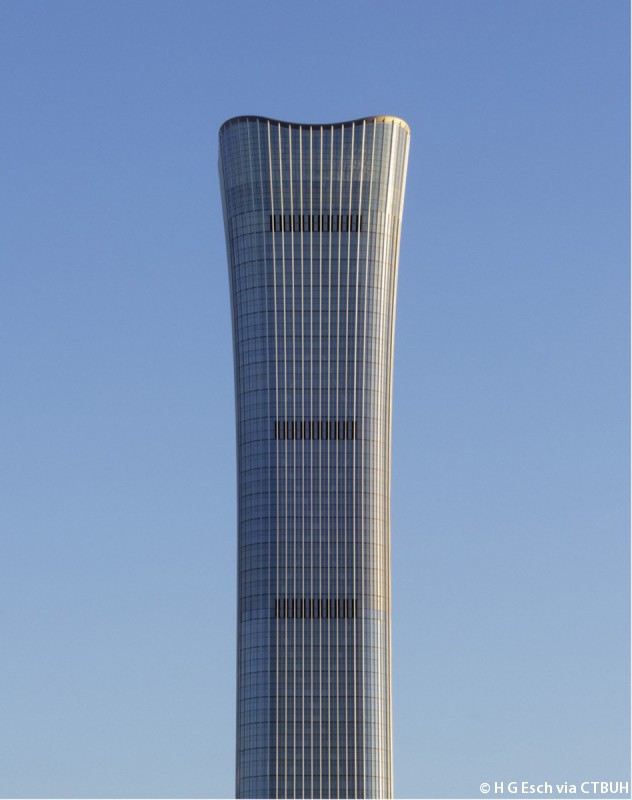
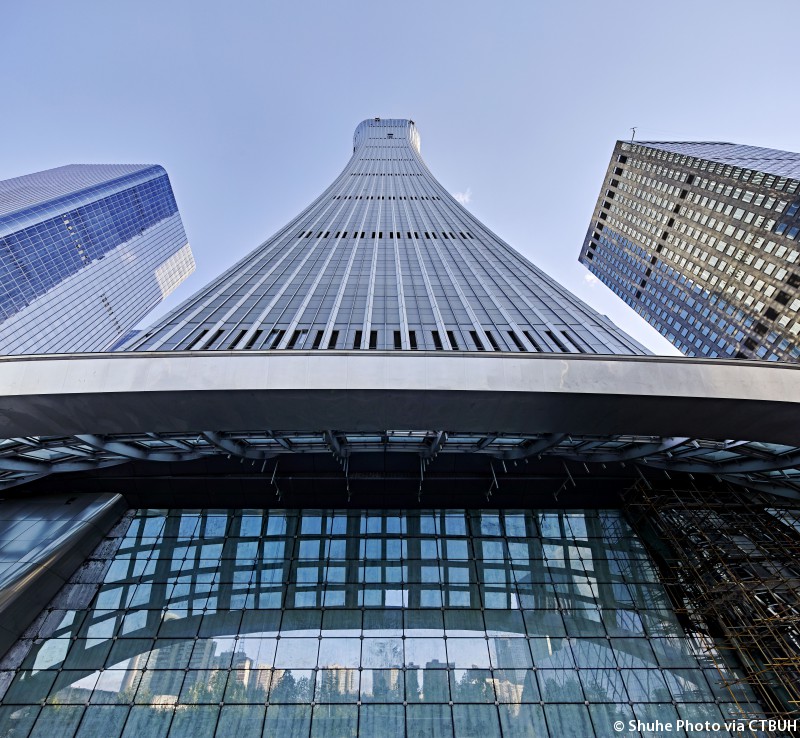
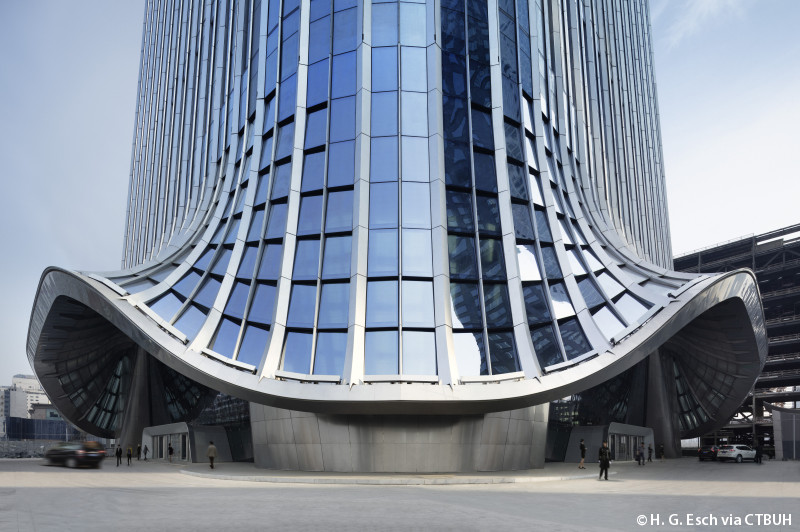
10. TAIPEI 101, At 1667 Feet
- Location: Taipei, Taiwan
- Completion Year: 2004
- Architect: C.Y. Lee & Partners Architects/Planners
- Floors: 101
- Material: Composite
- Function: Office
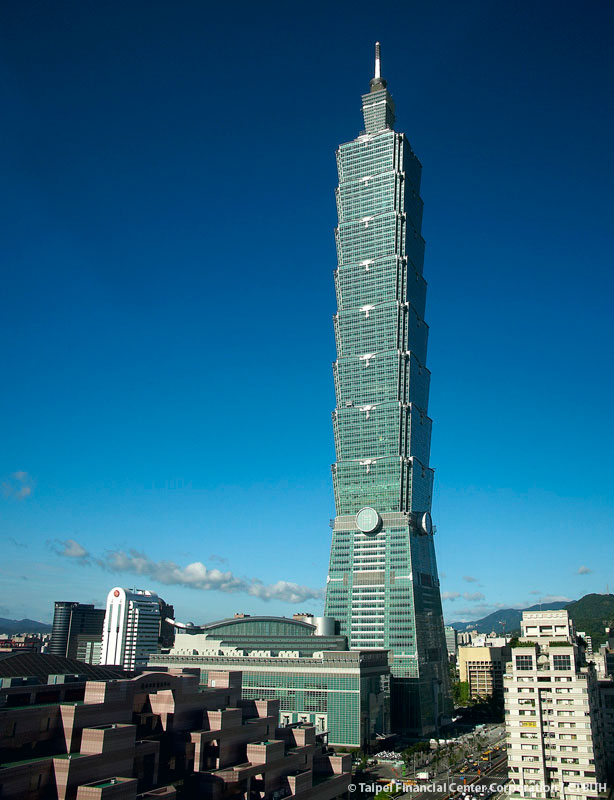
© Taipei Financial Center Corporation / CTBUH
More than the extreme symbolism in the building’s form and design, its systems function very efficiently – it has earned the LEED Platinum certification for Operation and Maintenance in 2011, which is impressive for a building of this size complexity.
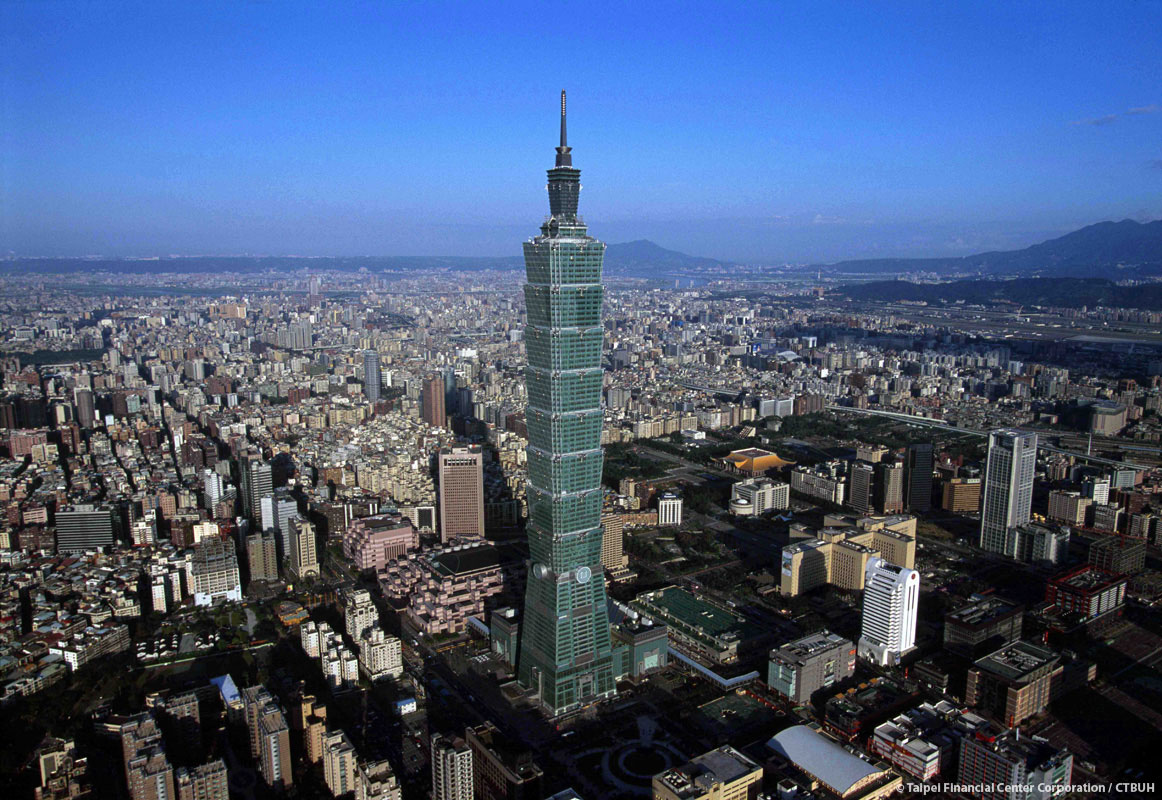
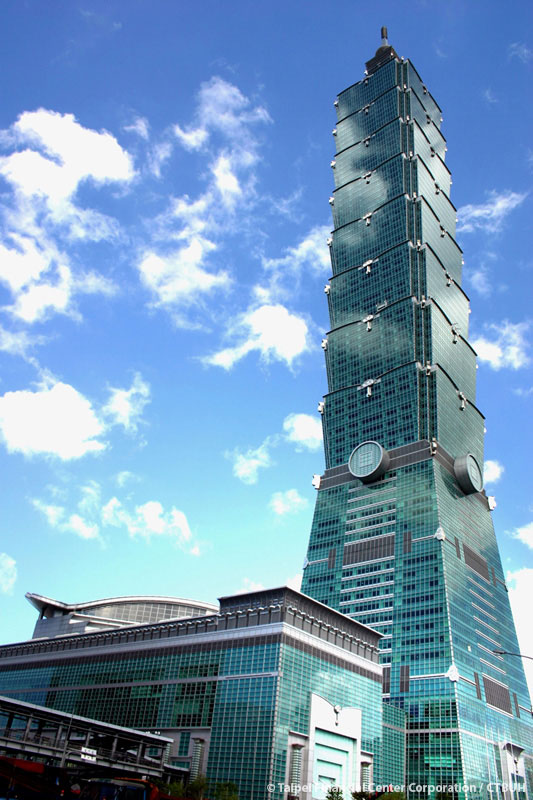
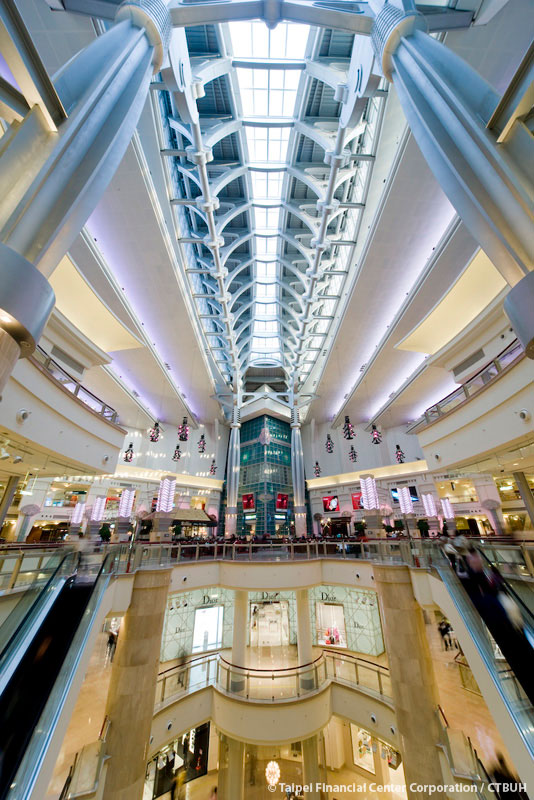
11. Shanghai World Financial Center, At 1614 Feet
- Location: Shanghai, China
- Completion Year: 2008
- Architect: Kohn Pedersen Fox Associates; Mori Building
- Floors: 101
- Material: Composite
- Function: Hotel and office
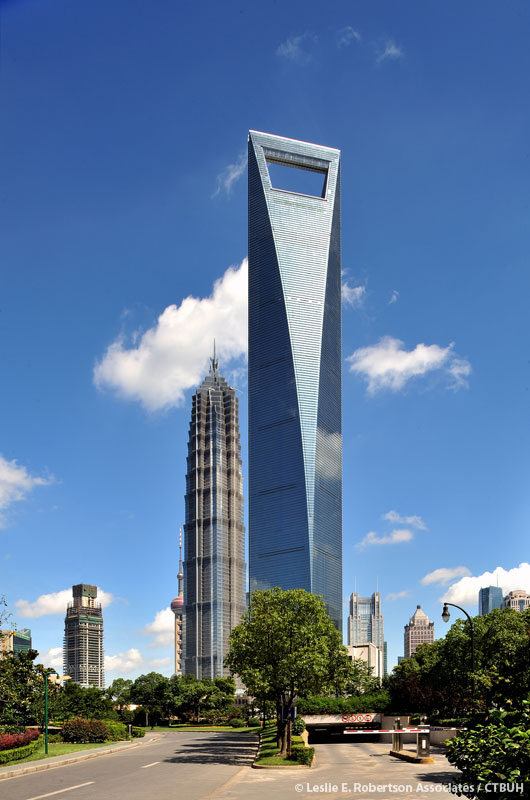
© Leslie E. Roberston Associates / CTBUH
Another Chinese landmark that’s design concept is deeply rooted in Chinese culture – Shanghai World Financial Center’s shapes and forms represent the Chinese symbols of heaven and earth. On the other hand, the integration of the systems of the building and floor modules maximized its functionality.
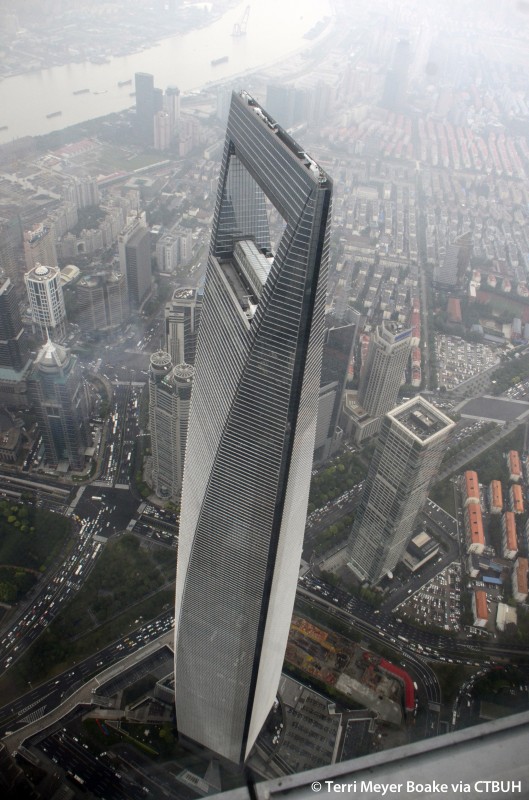
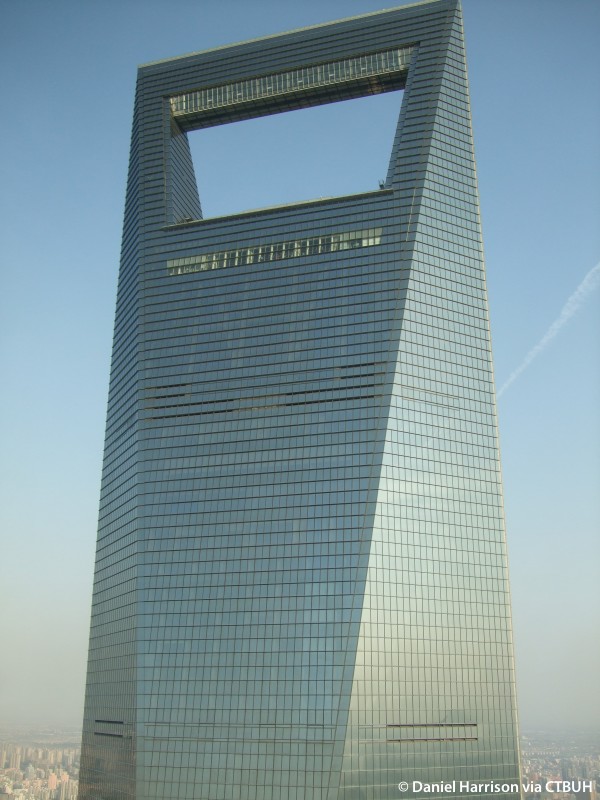
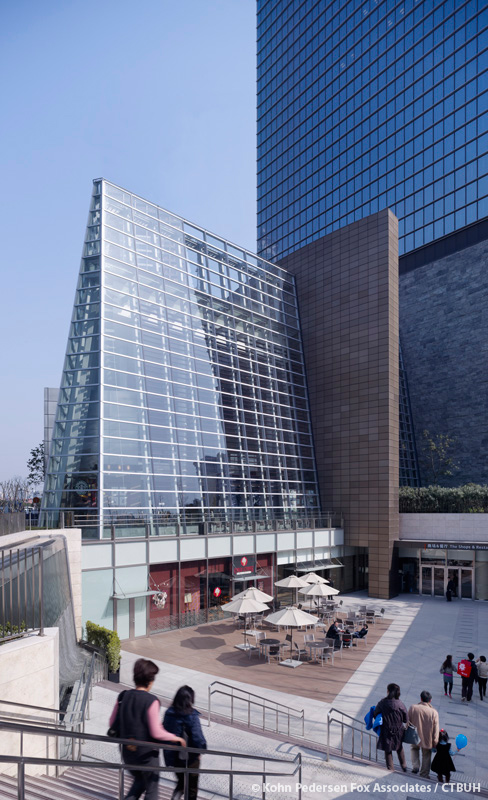
12. International Commerce Centre, At 1588 Feet
- Location: Hong Kong, China
- Completion Year: 2010
- Architect: Kohn Pedersen Fox Associates
- Floors: 108
- Material: Composite
- Function: Hotel and office
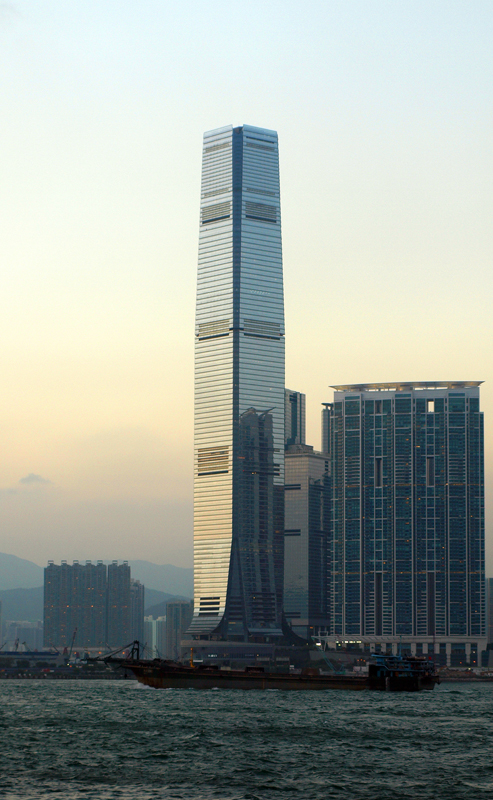
© Marshall Gerometta/CTBUH
The International Commerce Center was built following the performance-based design solutions – the integration of all systems and the ongoing green practices after the building’s occupation made it to the adaptation of the ISO 50001 Energy Management Systems certification.
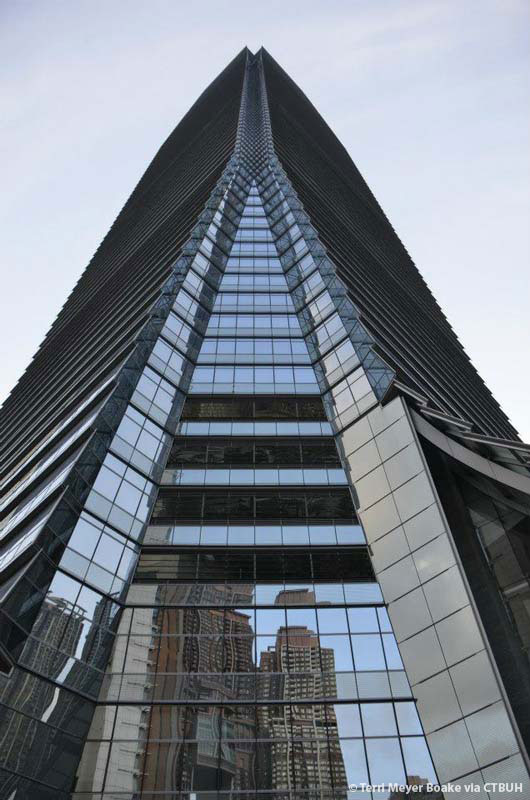
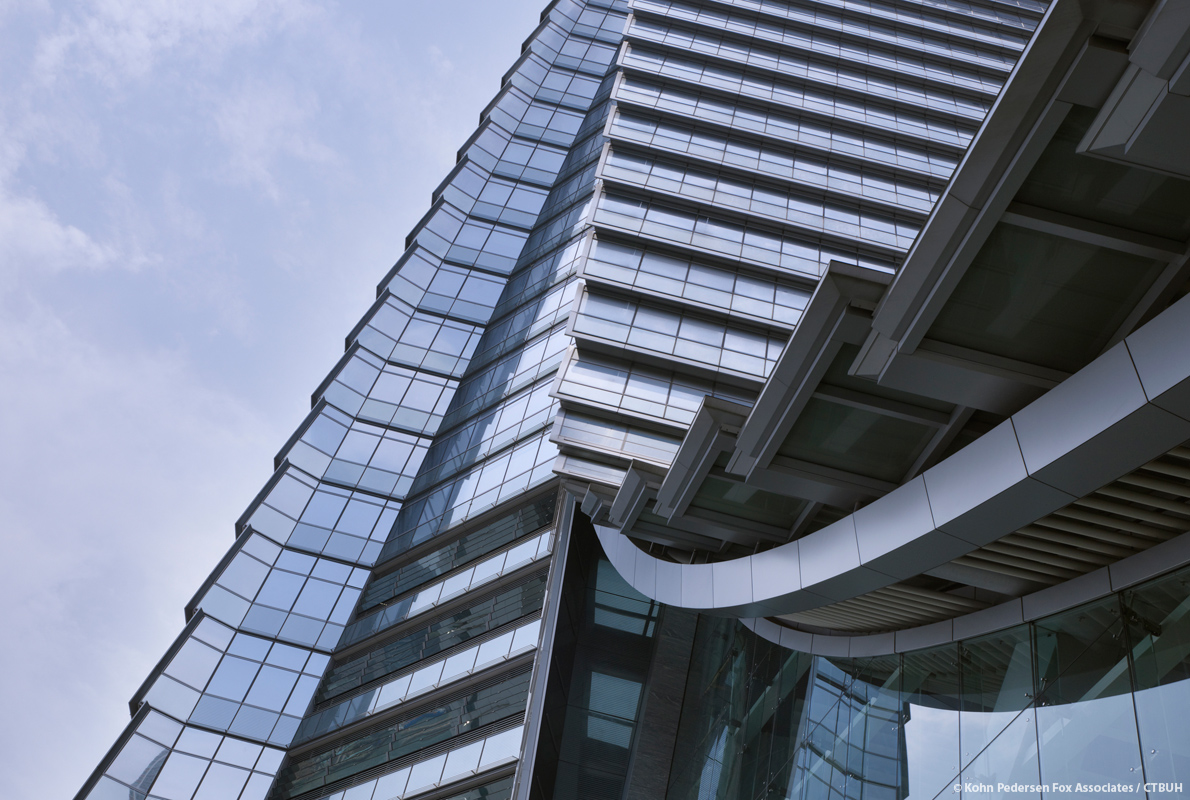
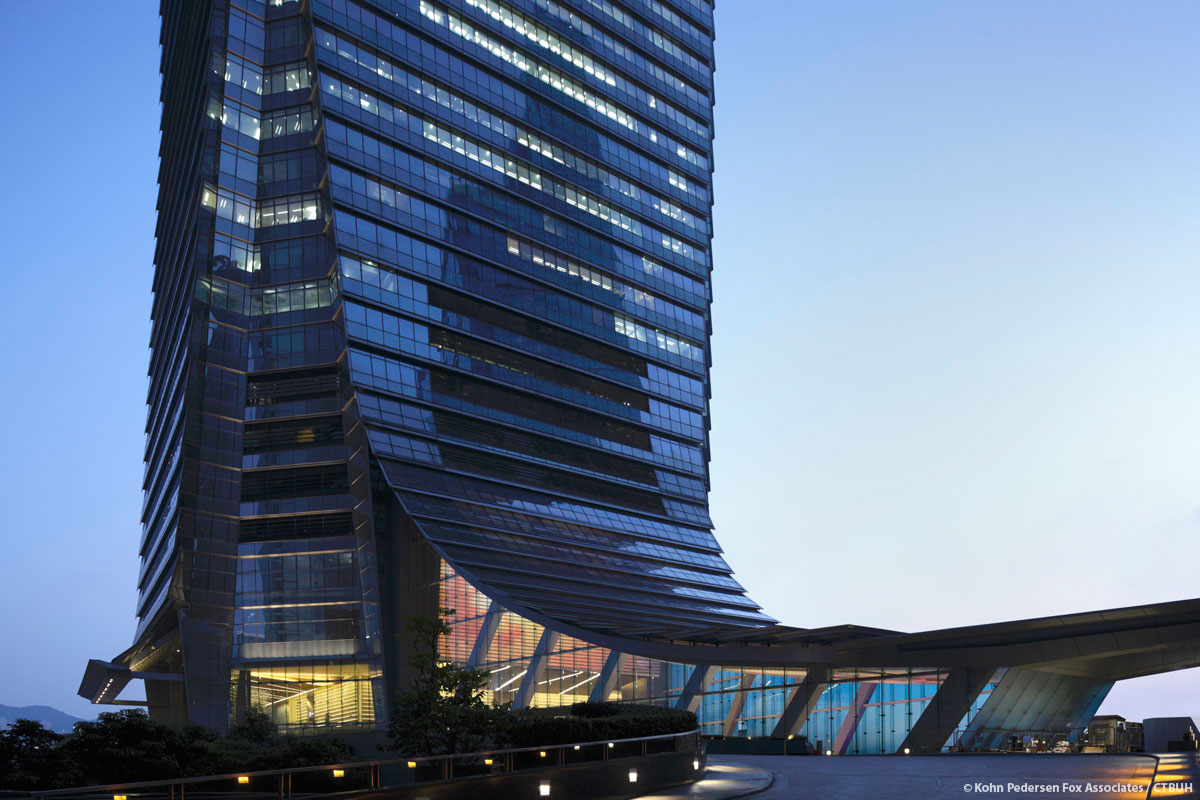
13. Central Park Tower, At 1550 Feet
- Location: New York City, US
- Completion Year: 2020
- Architect: Adrian Smith + Gordon Gill Architecture
- Floors: 98
- Material: Composite
- Function: Residential
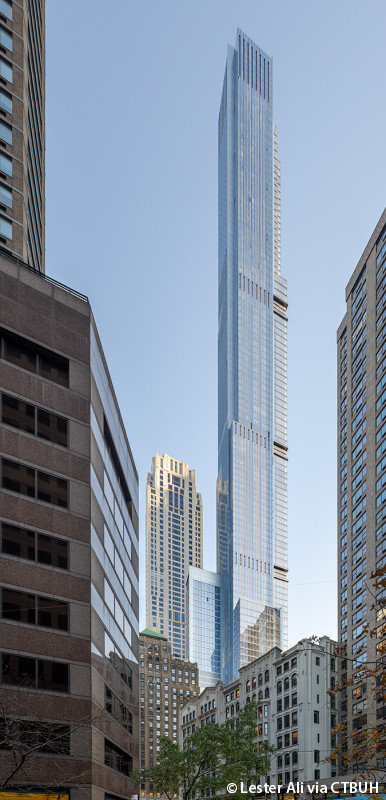
© Lester Ali
Central Park Tower is built to be the tallest residential building in the world. Its respectful form is inspired by the prototypical Manhattan skyscrapers. The addition and subtraction pattern that goes through the tower maximizes the views to the adjacent Central Park.
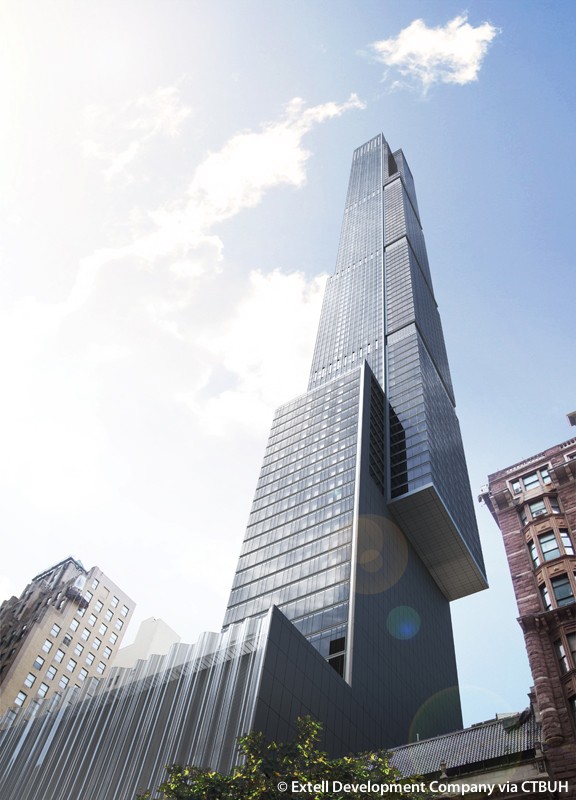
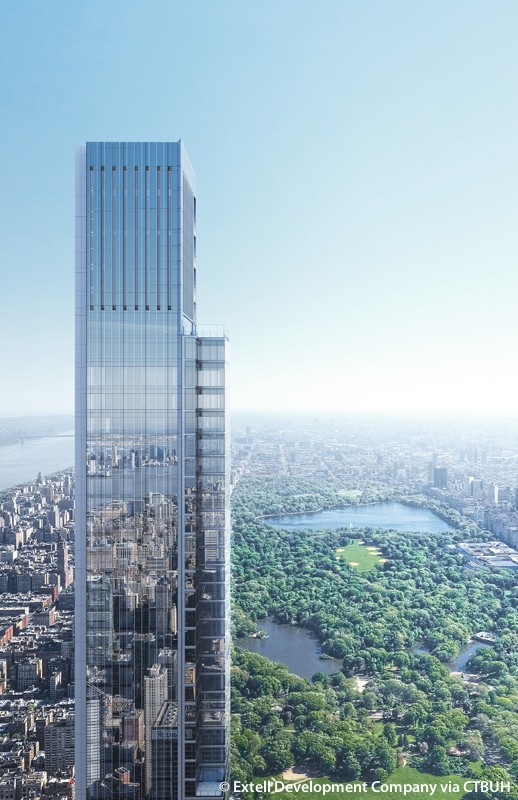
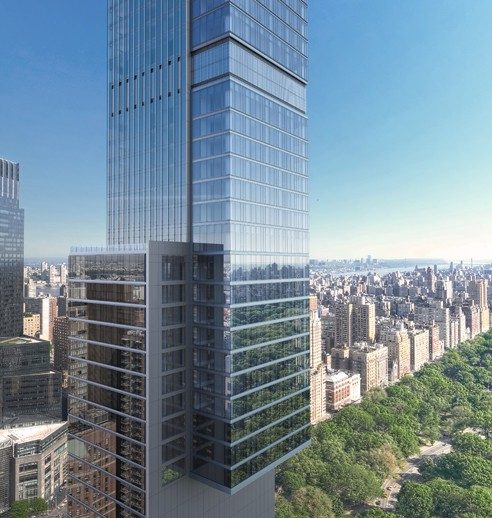
14. Lakhta Center, At 1516 Feet
- Location: St. Petersburg, Russia
- Completion Year: 2019
- Architect: RMJM; Gorproject; Samsung C&T Corporation
- Floors: 87
- Material: Composite
- Function: Office
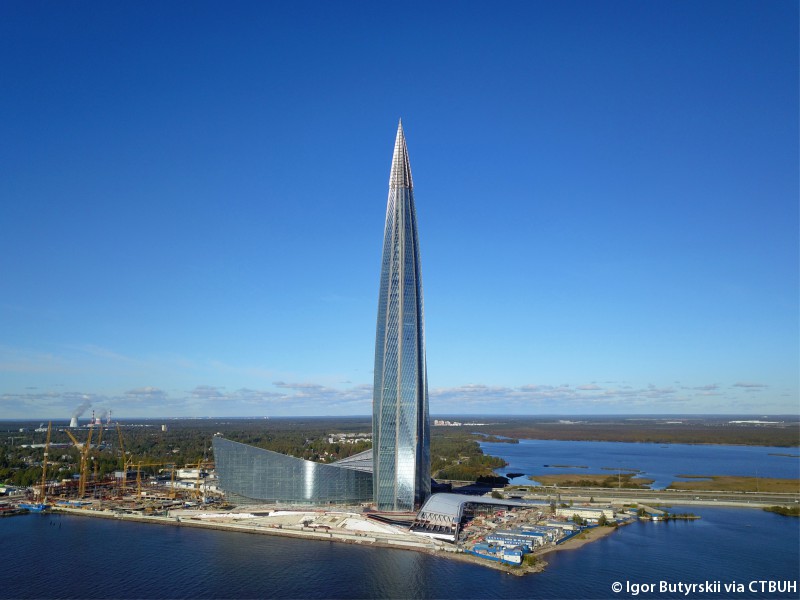
© Igor Butyrskii
Although Lakhta Center stands tall and alone in the skyline of St. Petersburg, it is specifically designed for this environment. The harsh cold climate with such height required a safe structural system and multiple energy-efficient practices.
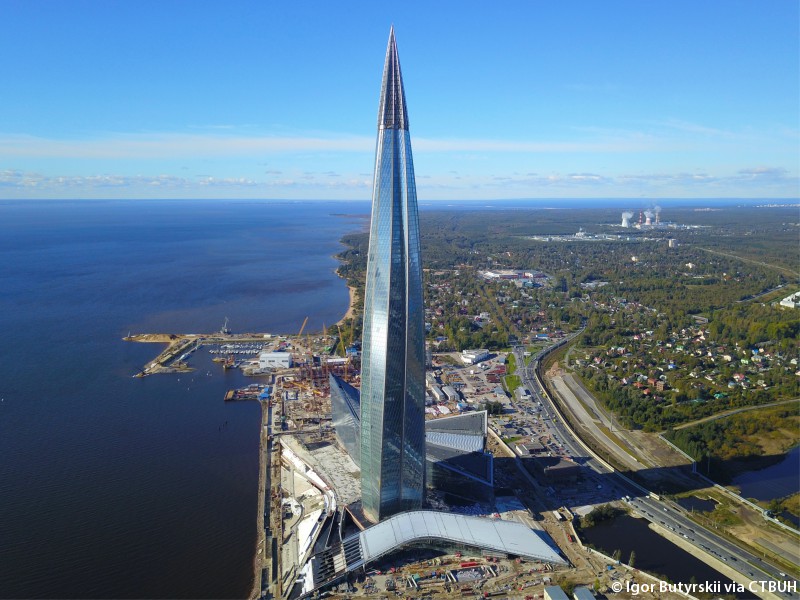
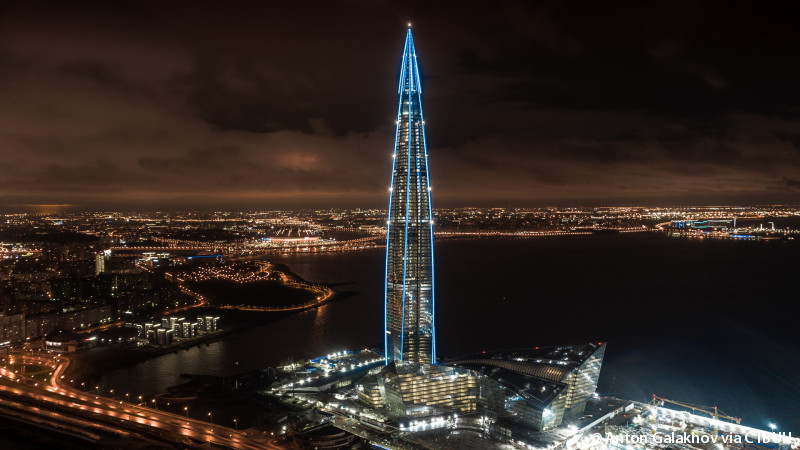
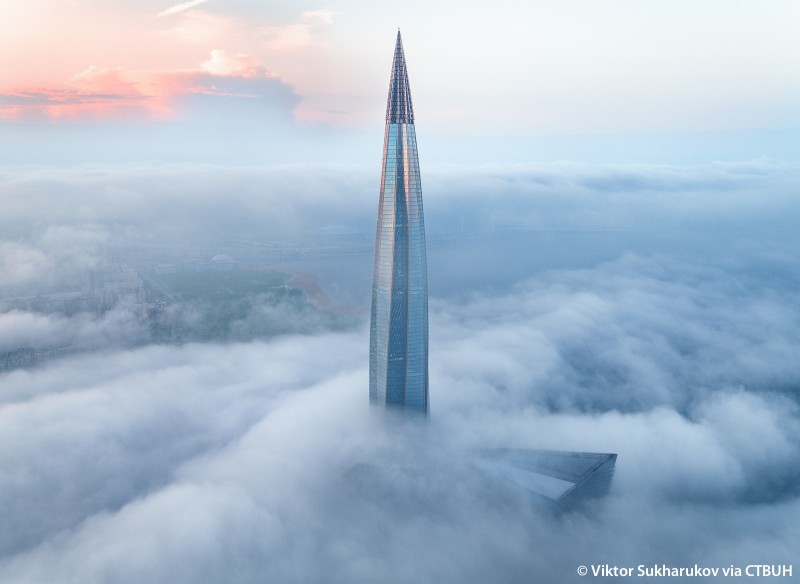
15. Vincom Landmark 81, At 1513 Feet
- Location: Ho Chi Minh City, Vietnam
- Completion Year: 2018
- Architect: Atkins
- Floors: 81
- Material: Composite
- Function: Hotel and residential
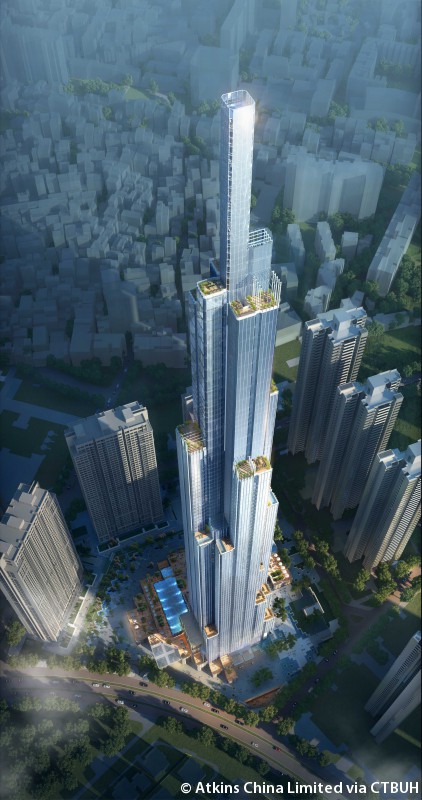
© Atkins China Limited
The design of Vincom Landmark 81 is inspired by the traditional bundle of Bamboo which is popular in Vietnamese culture. The form comprises 36 square tubes of different heights, where the highest tubes are in the center: resulting in a dynamic addition to the city’s skyline.
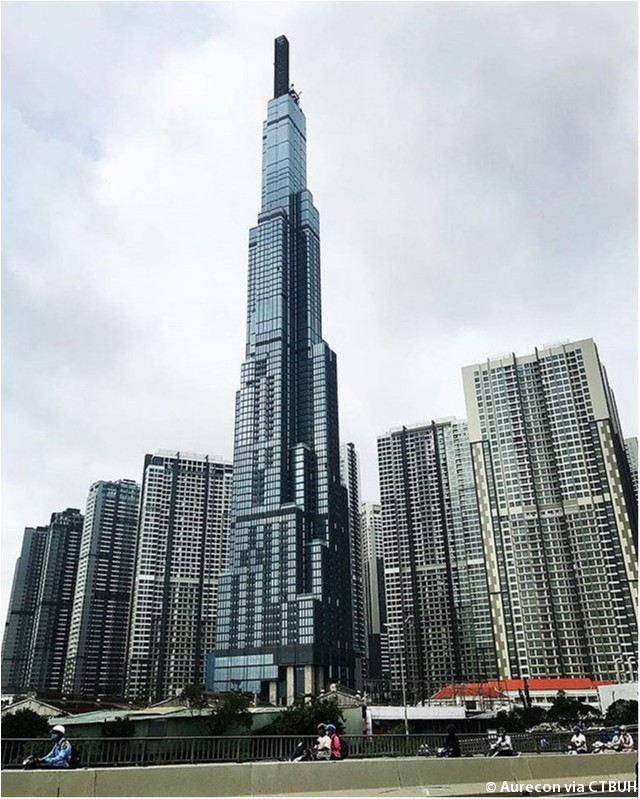
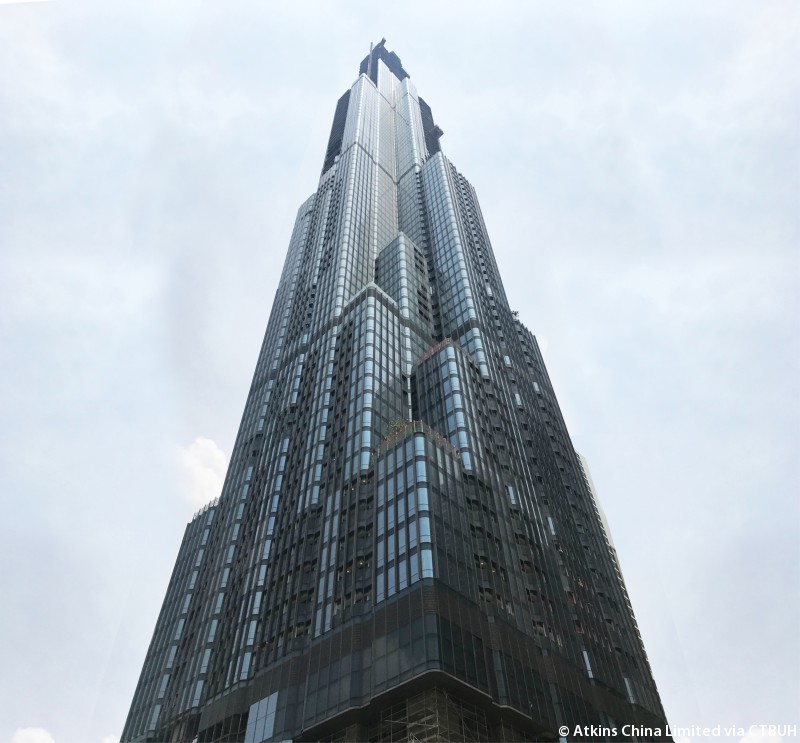
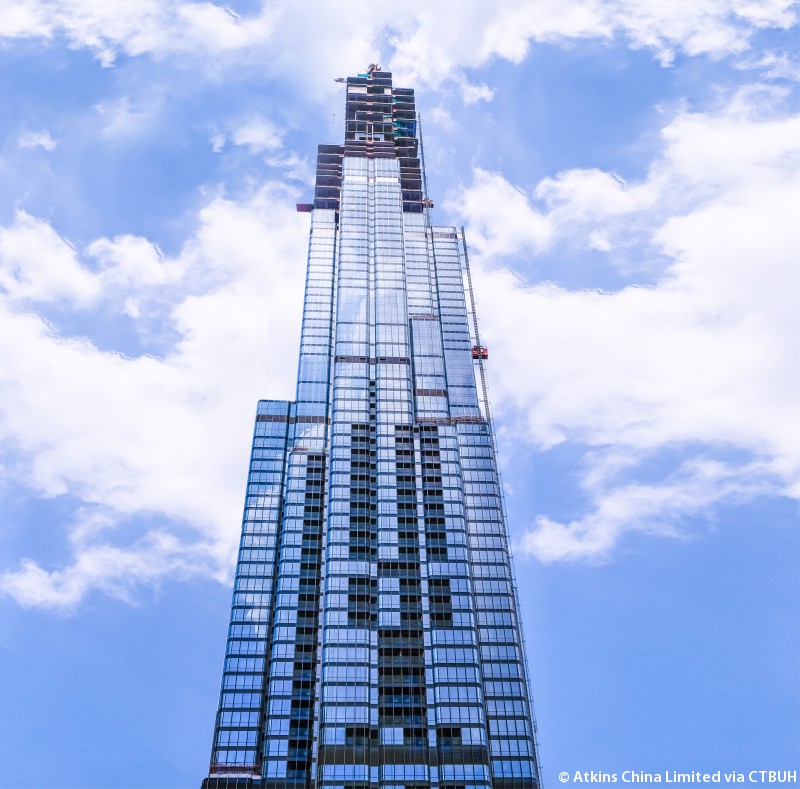
Check out ” Top 30 Tallest Building in The World in 2021-Part 2“


